The ancient origins of the Hozumi clan
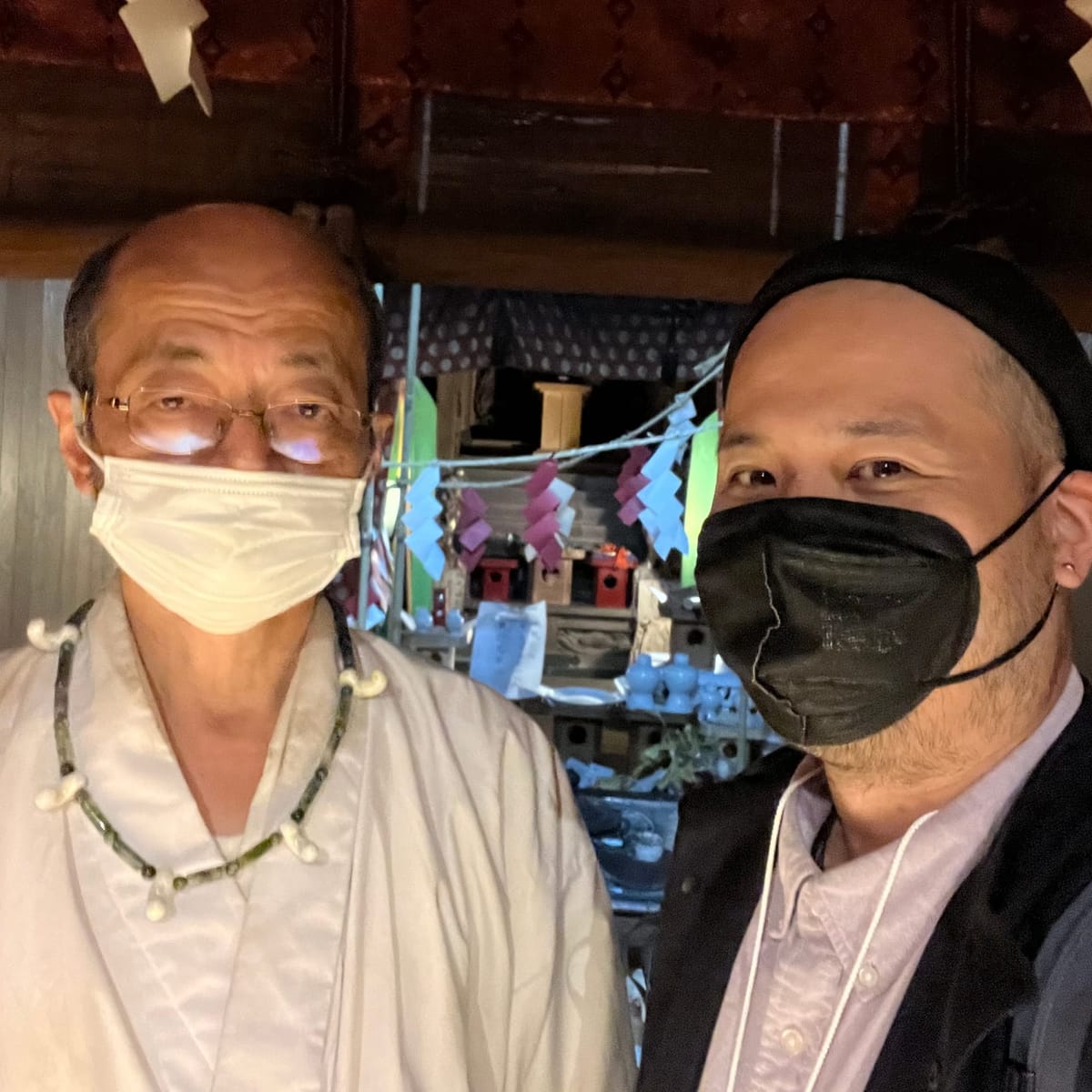
Hi,
This is Tada Hozumi, founding director of LUNMU.
I wanted to share with you more about the history and origins of the Hozumi clan and the journey I have taken in replanting myself back into the roots of my bloodline. For some time, I have intermittently shared that our clan is one of the world's oldest documented and continuous shamanic-royal lineages but I've held back from sharing fuller details for a variety of reasons, including not being clear yet on what can be appropriately shared in public and what is taboo.
Recently I've decided that, with all the changes in the world that are culminating right now, the time is now ripe for further disclosure.
In 2023, I had a chance to share some of my explorations in recovering my lineage on the Future Fossils podcast.
It was almost three years ago, the end of 2021, as the COVID19 travel bans were beginning to lift, that I began walking this path I am on now.
At the time, my faith in my previous work in pioneering the field of "Cultural Somatics" had collapsed. I felt futile inside as I had been brought to my knees by my visions of the Western World's future, especially in regards to America, seeing the inevitable end that ideological polarization, cancel culture and gun culture would lead to. I was devastated witnessing online behaviors rapidly deteriorate through the cyborgification of the collective psyche via social media - a phenomenon that rapidly increased through the isolation of the pandemic.
As a response, I put my career as a "social justice somatic therapist" to a complete halt. I kept very few speaking engagements and closed off the intake of my private practice. To be truthful, I was in a constant state of psychological breakage, desperately trying to search for an answer to what was happening in the world and find some direction to what comes next.
In the midst of this, I got a nudge to do a bit more research on who my ancestors were. I had already known, since about ten years ago, through stories that my patrilineal grandmother related to my mother, that the going back to the 1800s, Hozumis were doctors who served a samurai lord of the Nihonmatsu domain (二本松藩) in North Eastern Japan. My grandmother had also transmitted that further back, the Hozumi clan have been priests through the ages.
Something that dawned on me was that in those days of yore, when the samurai government was still in full force, doctor referred to a practitioner of Eastern medicine, naturally based on shamanic and energetic work.
Related, my own father, Nobumichi Hozumi was a scientist whose work in 1976 Basel Switzerland won a Nobel Prize 1987 for ushering in "the birth of molecular immunology". His father was sent to be an understudy at a pharmacy at a young age and later became a medic in World War 2, which was a traumatic experience that led him to be an alcoholic for the rest of his life.
From this, I realized my family line has technically never been broken. We have just survived, taking up the work of our ancestors in different veiled forms.
This discovery, of the patrilineal continuity of my family, inspired me to step my foot into a deeper spiritual exploration of my lineage. I plunged myself into research of our oldest documented ancestor: the Shinto deity, Nigihayahi-no-Mikoto (饒速日尊), abbreviated to Nigihayahi herein.
A mysterious and suppressed deity within Shinto lore, Nigihayahi-no-Mikoto, is said to have arrived from Takamagahara (高天原・High Heavenly Plains) to Toyo Ashiharanonakatsu Kuni (豊葦原中国・Land of Reeds) on an Ama-no-Iwafune (天之磐船・Heavenly Rockship). He carried along with him with the Tokusa-no-Kandakara (Ten Divine Treasures・十種神宝) gifted to him by the goddess of Heaven, Amaterasu Oomikami (天照大神), and was accompanied by 32 other shinto deities under his rule.
When he landed, he married Tomiyahime (登美夜毘売), the daughter of an indigenous king, Nagasunehiko (長髄彦) to become the new ruler of ancient Japan or Yamato (大和). He later peacefully ceded his rule of Yamato to another descendant of Heaven, Ninigi-no-Mikoto (瓊瓊杵尊) as they recognized each other as siblings - a tale we will be touching more on in the future.
When I began my deeper research on Nigihayahi in 2021 there was a large buzz in the Japanese spiritual blogosphere, that the Age of Aquarius was approaching and that meant that Nigihayahi will be coming back, alongside his alleged wife, the Water Goddess Seoritsuhime (瀬織津姫) who is often associated with Dragons.* While I did not quite know what all of this meant at the time, something resonated, especially after learning that the lead male character from Hayao Miyazaki's "Spirited Away", Haku, or Nigihayami-no-Kohakunushi (饒速水小白主), was indeed based on Nigihyahi.
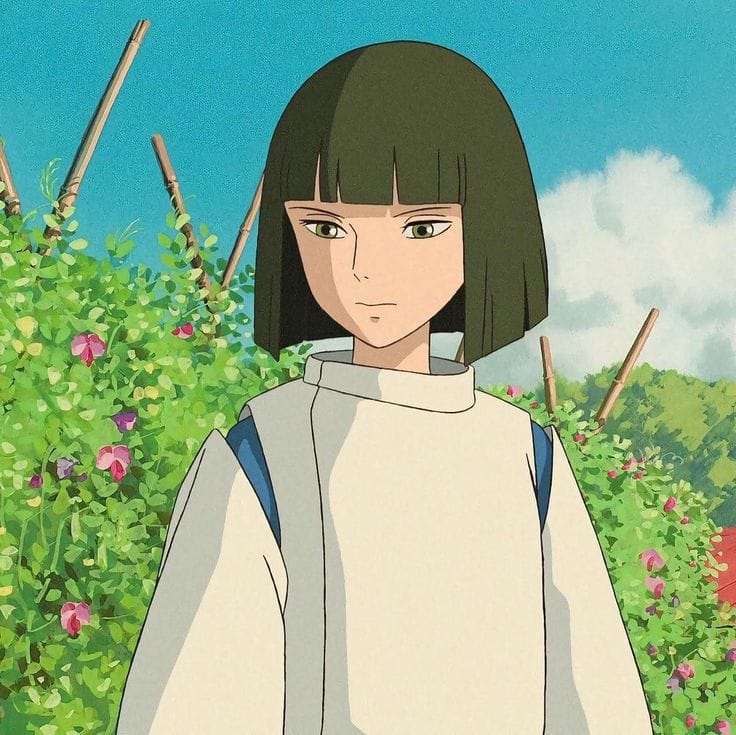
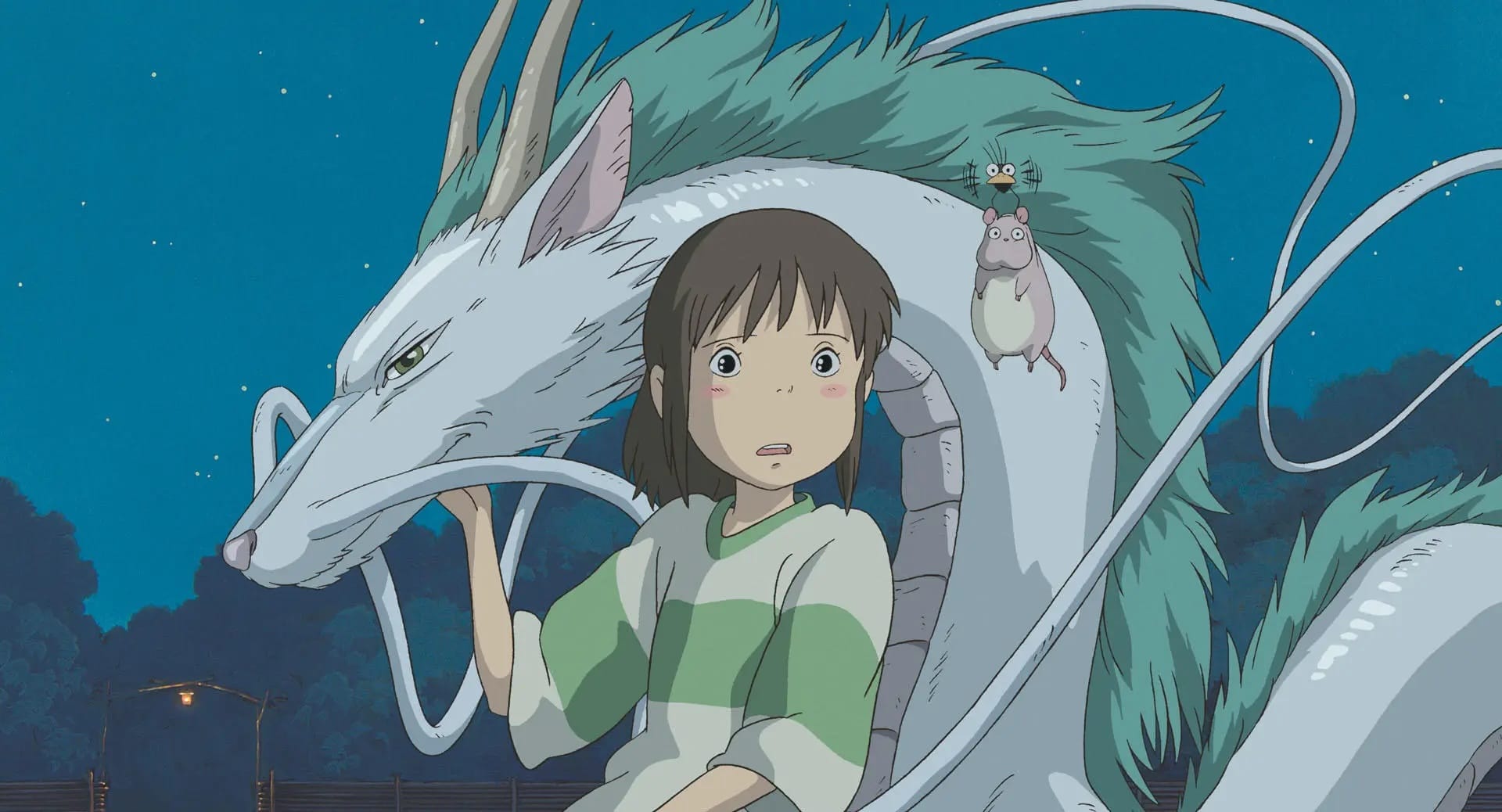
Soon after I began delving into legends of Nigihayahi's origins I encountered something very peculiar in my research. Amidst the speculations of who Nigihayahi was and where they came from, there was a theory that he, and/or his bloodline, originated from the ancient Near East. A lot of my current interest in the origins of the Japanese royal-shamanic clans in the Lost Tribes of Israel stemmed from this unearthing.
Hiroaki Omote, 80th heir of Yamakage Shinto (山陰神道), shares his understanding between Japanese spirituality and its connection to the ancient Near East.
Through this trajectory of inquiry I learnt that the ancient title for the Japanese emperor was "Sumera Mikoto (皇尊)" and that for a long time the etymology of the word, "Sumera", remained a mystery. This was until the Sumerian ruins were discovered in 1877 by a French archaeological team in present-day Iraq. Many Shinto scholars theorized that this indicated that the origins of the Japanese royal lines, including the descendants of Nigiyahai, were ancient Sumeria. Unfortunately, this theory was suppressed after World War 2, especially with the occupying American-led General Headquarters (GHQ) banning and confiscating a canonical book series, ""Research on the 6 Thousand Year History of the Descendants of Heaven (天孫人種六千年史の研究)", by Atsuo Mishima (三島 敦雄), a hereditary priest of Iyo Mishima Shrine (伊予三島神社), on the connections between the Japanese clans and ancient Sumeria.
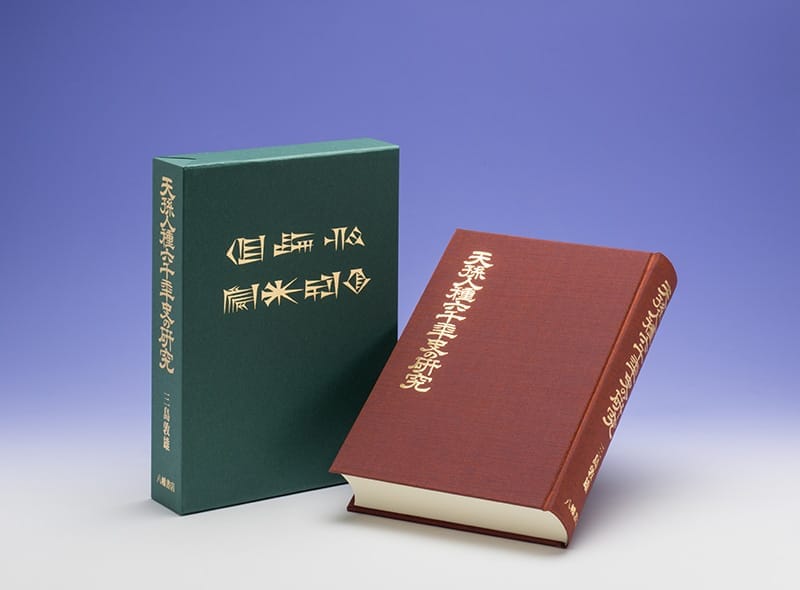
Although this theory may seem completely out of leftfield at first glance, the Sumerians referred to their own land as "Kiengir", the "Land of Noble Kings", where the Sumerian symbol for "Gi/Gir" took after the reed stem. This means that "Toyo Ashiharanonakatsu Kuni", or the Land of Reeds, that Japanese mythology claims Nigihayahi descended to, may have also referred to Sumeria, not just ancient Japan. Not only that, Upper Egypt, another Near Eastern location that is claimed as the origins of the Japanese royal-shamanic clans, also used to be called "Ta-Shemau", or the Land of Reeds.
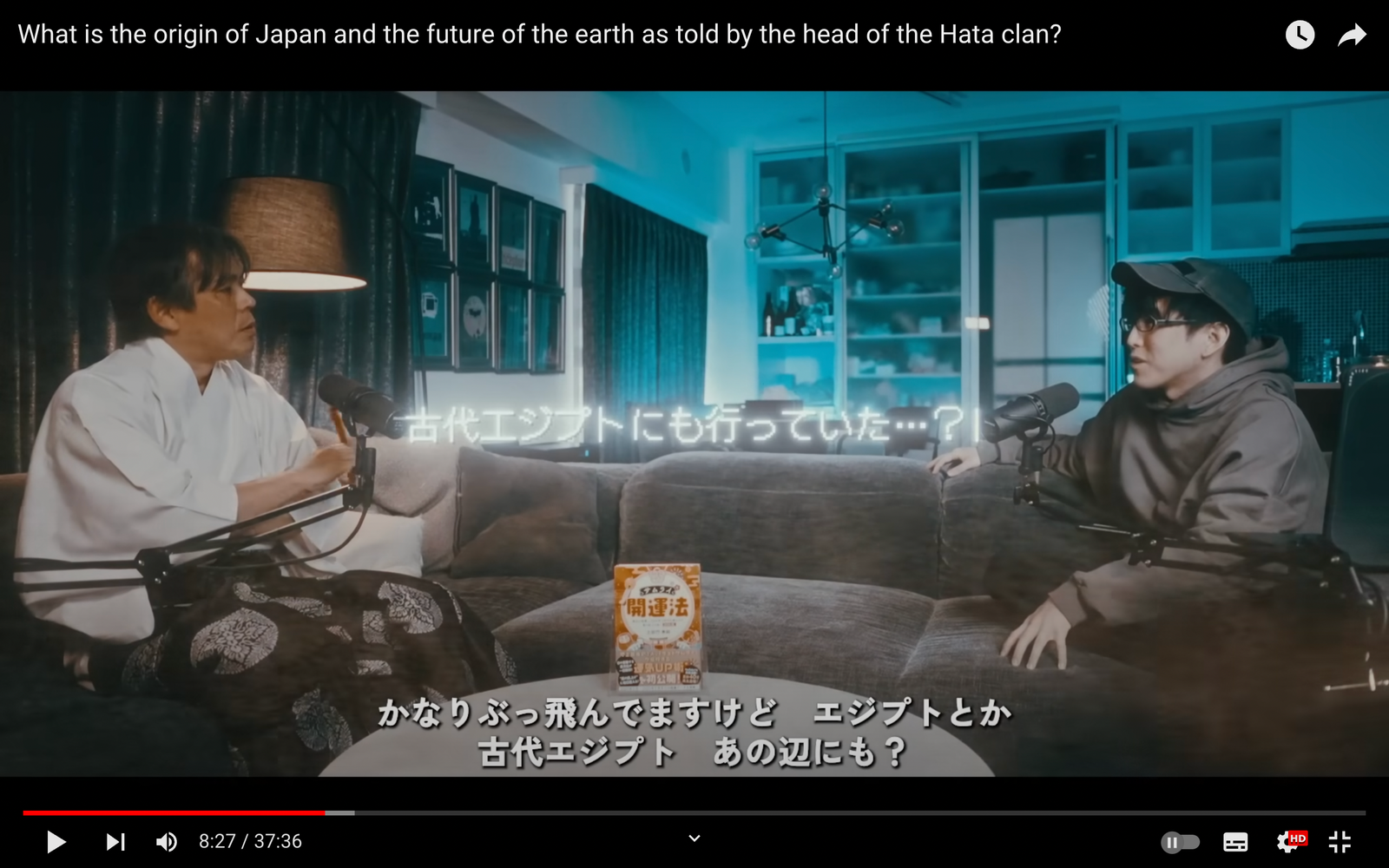
Following this trail of mystery culminated in my first return to Japan in over a decade, to pilgrimage spiritual sites around the country that held a particularly strong connection to Nigihayahi and still maintained by the Hozumi clan.
The first was Ishikiri Tsurugiya Shrine (石切劔神社) in East Osaka, which has both a main complex in the city and a remote upper complex in the mountains near by. This shrine has been under the continuous hereditary custodianship of the Hozumi clan, and its subsidiary Kozumi clan, since its inception in 659BCE. Its current and 107th head priest is Yasuhiro Kozumi (木積 康弘).
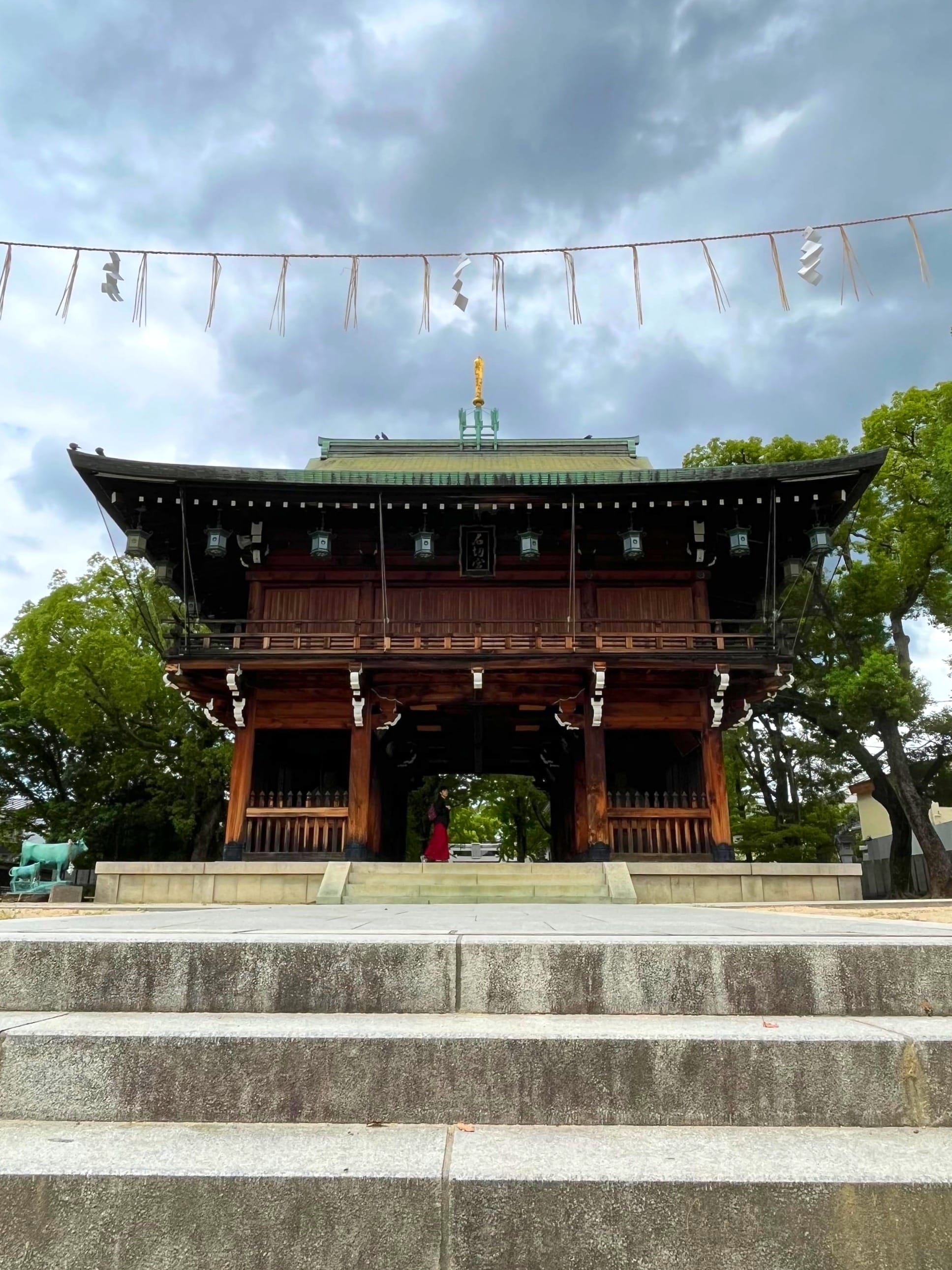
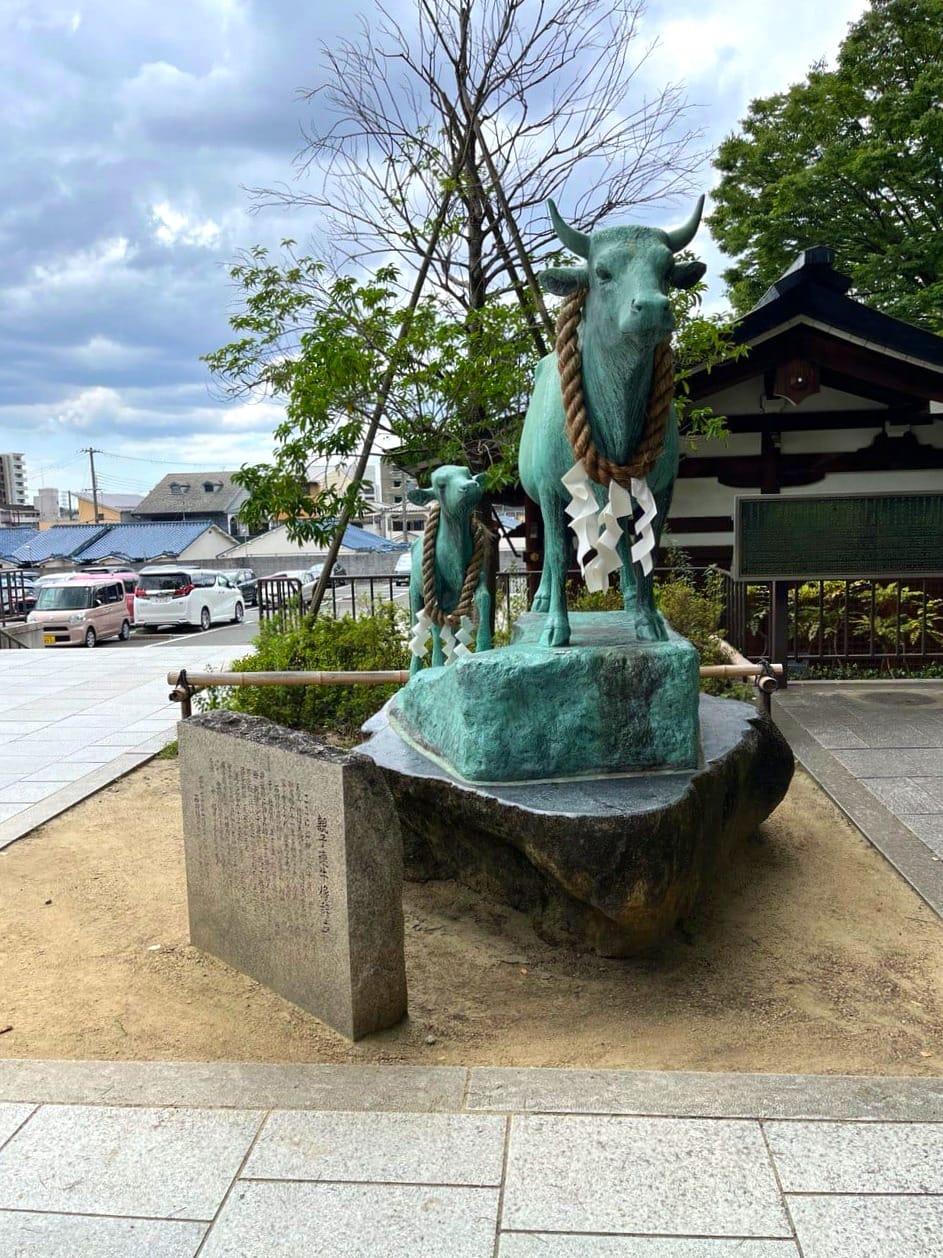
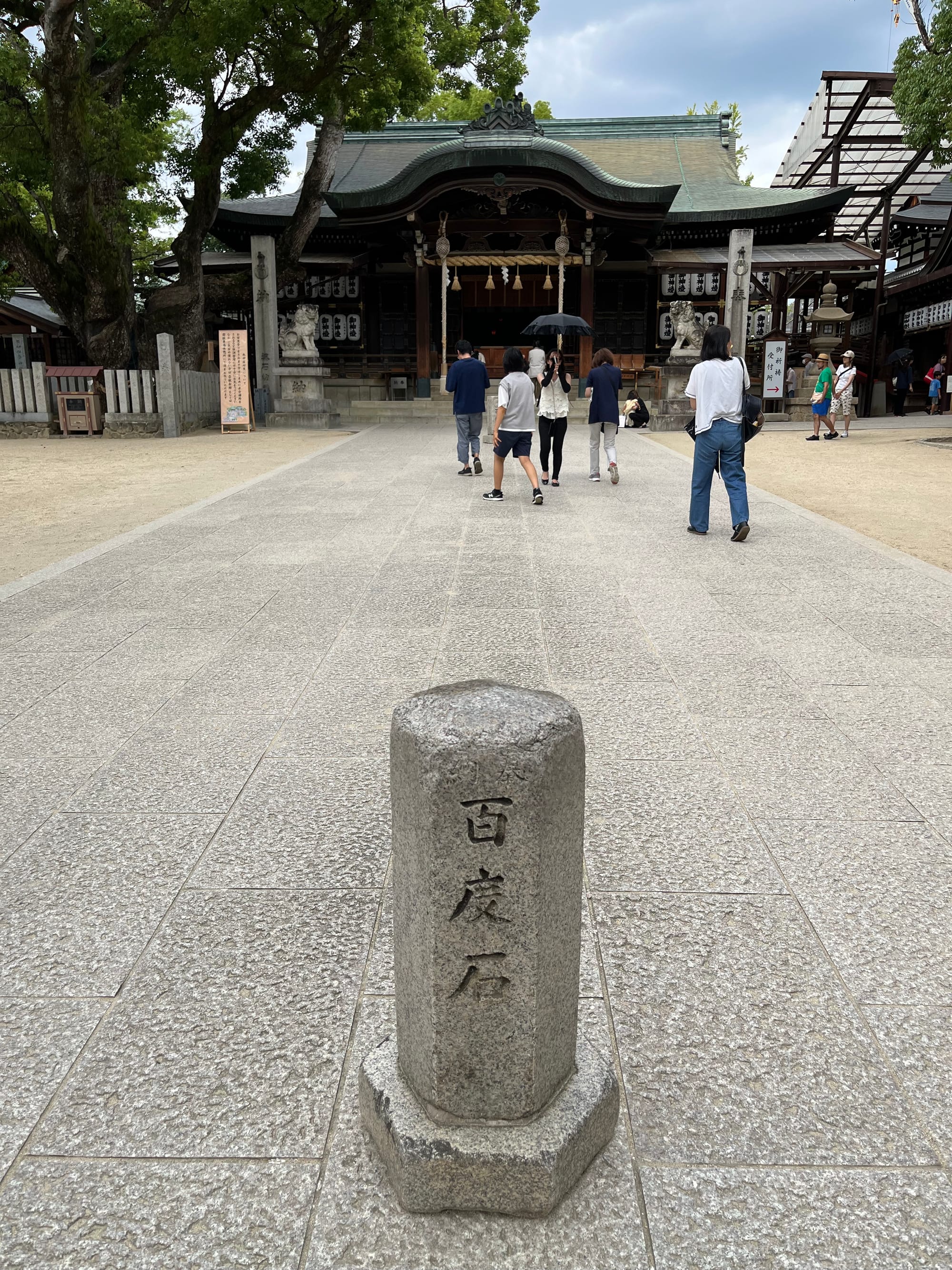
Main pavilion.
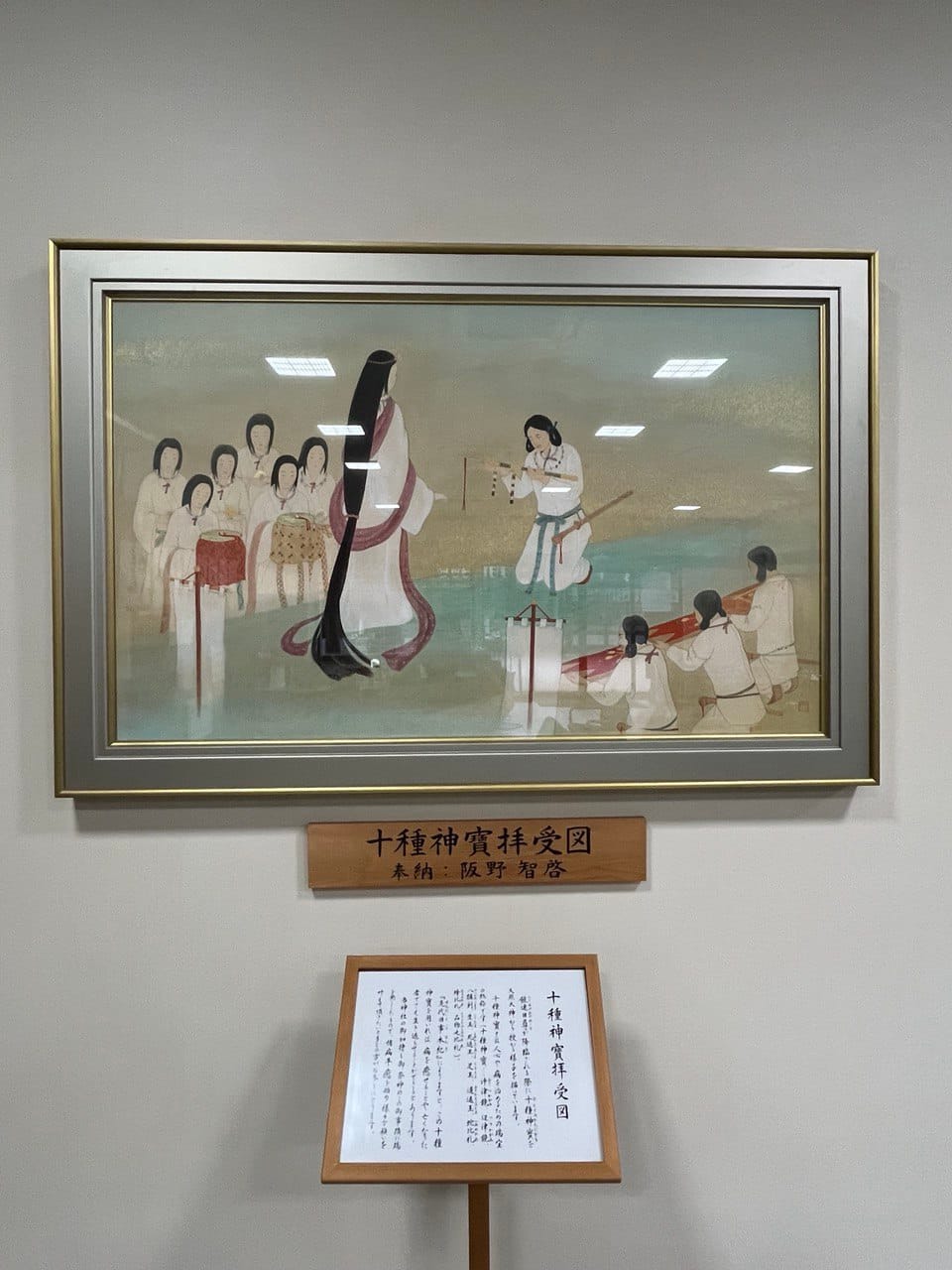
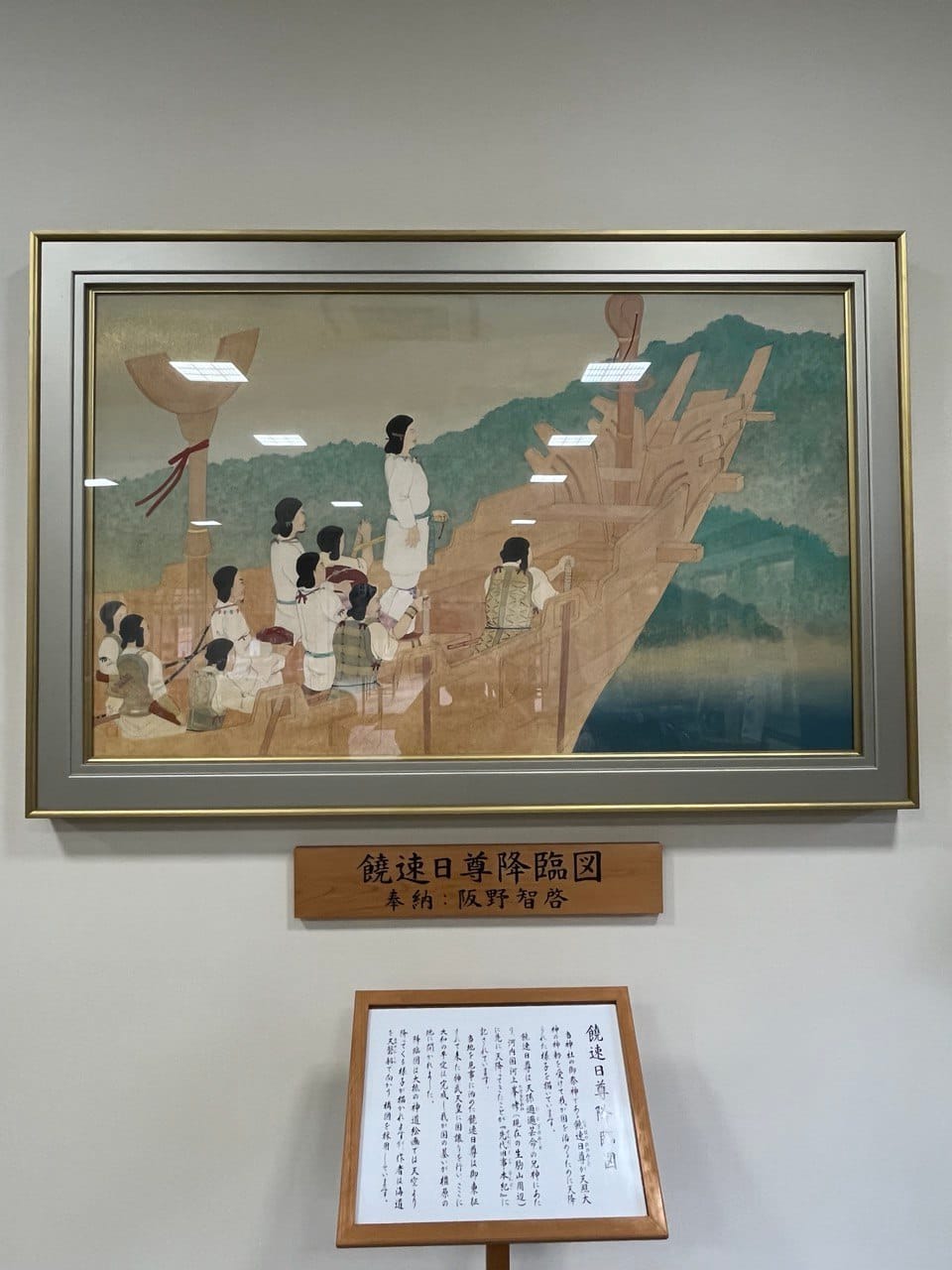
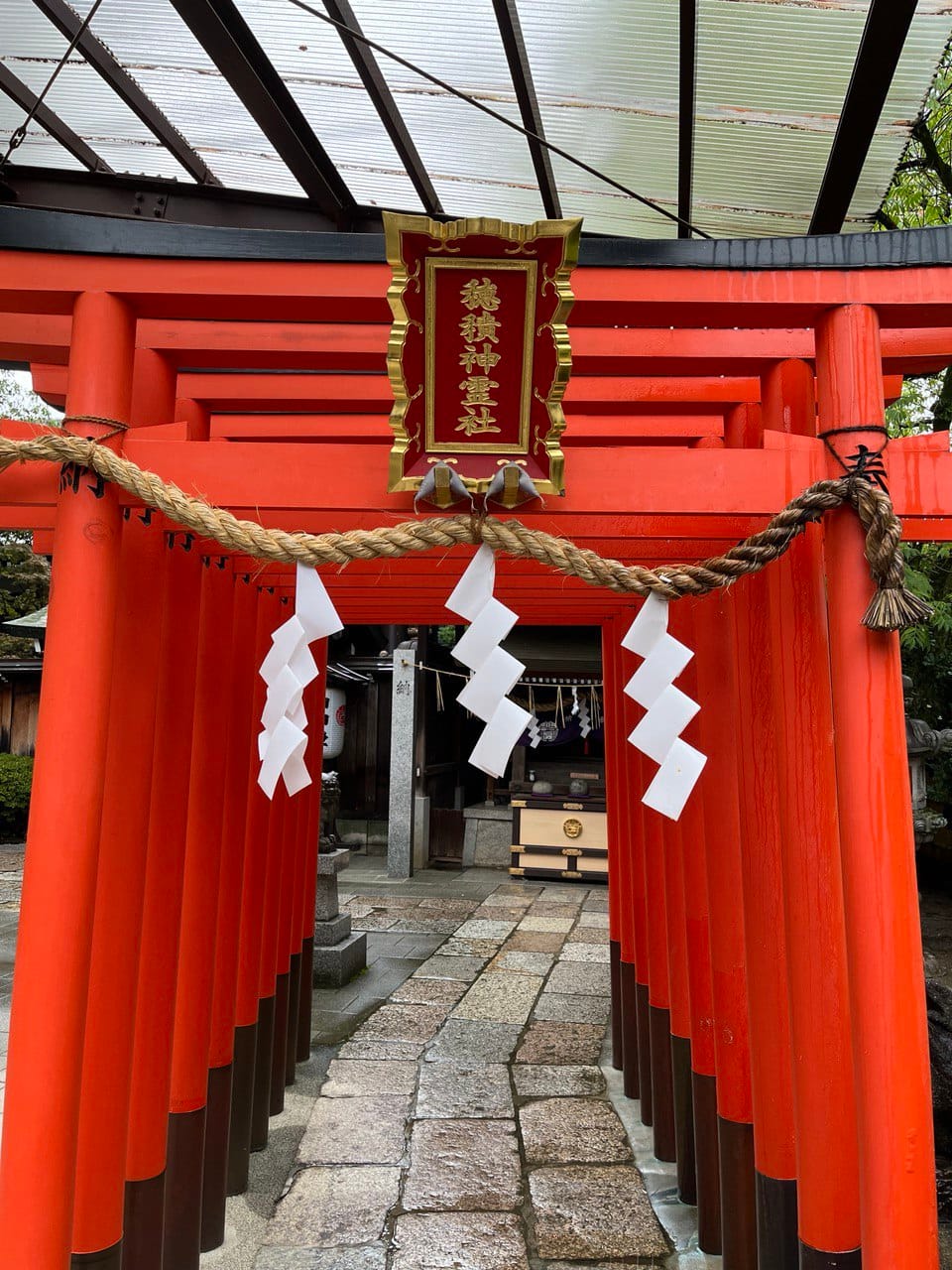
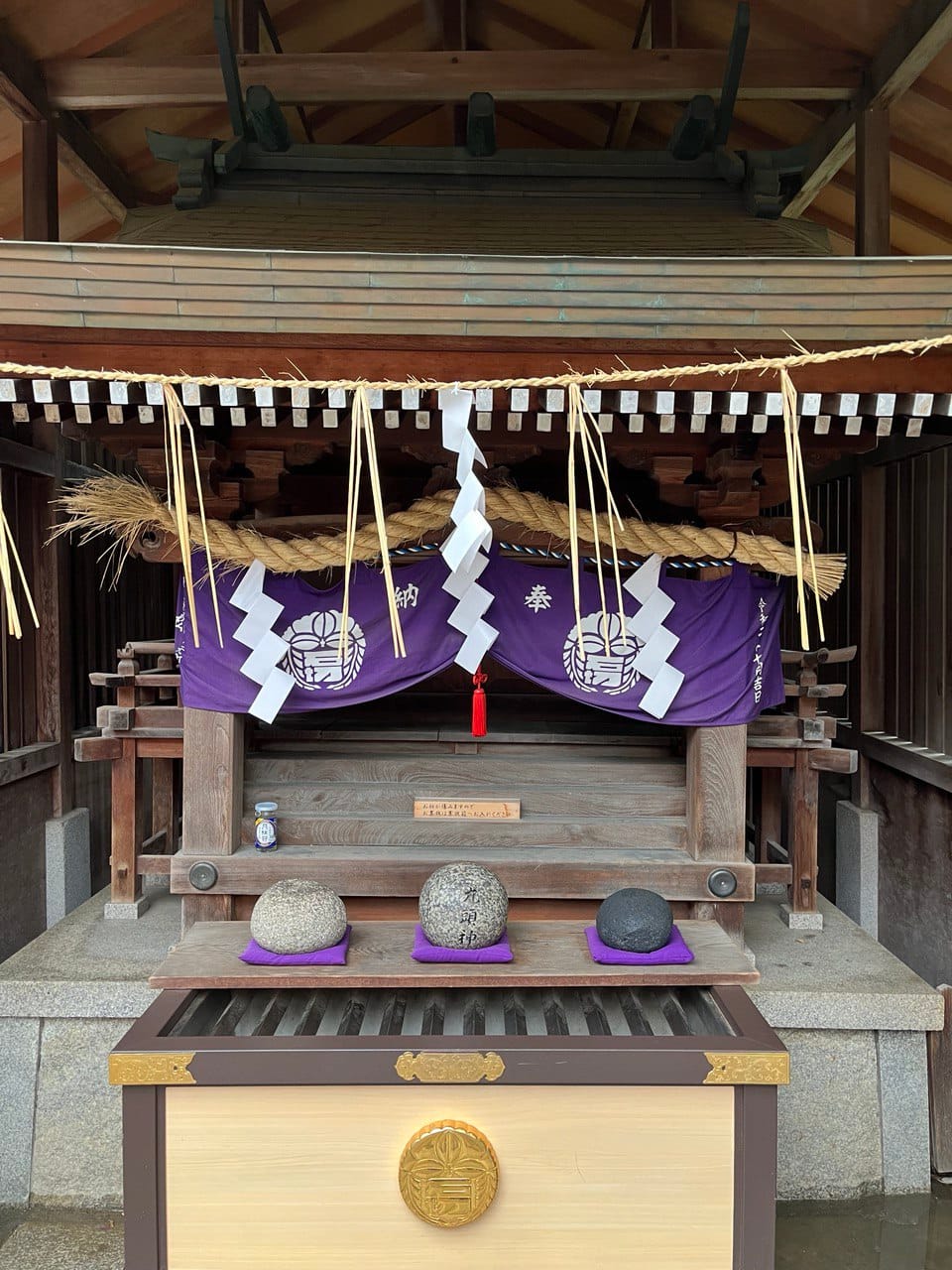
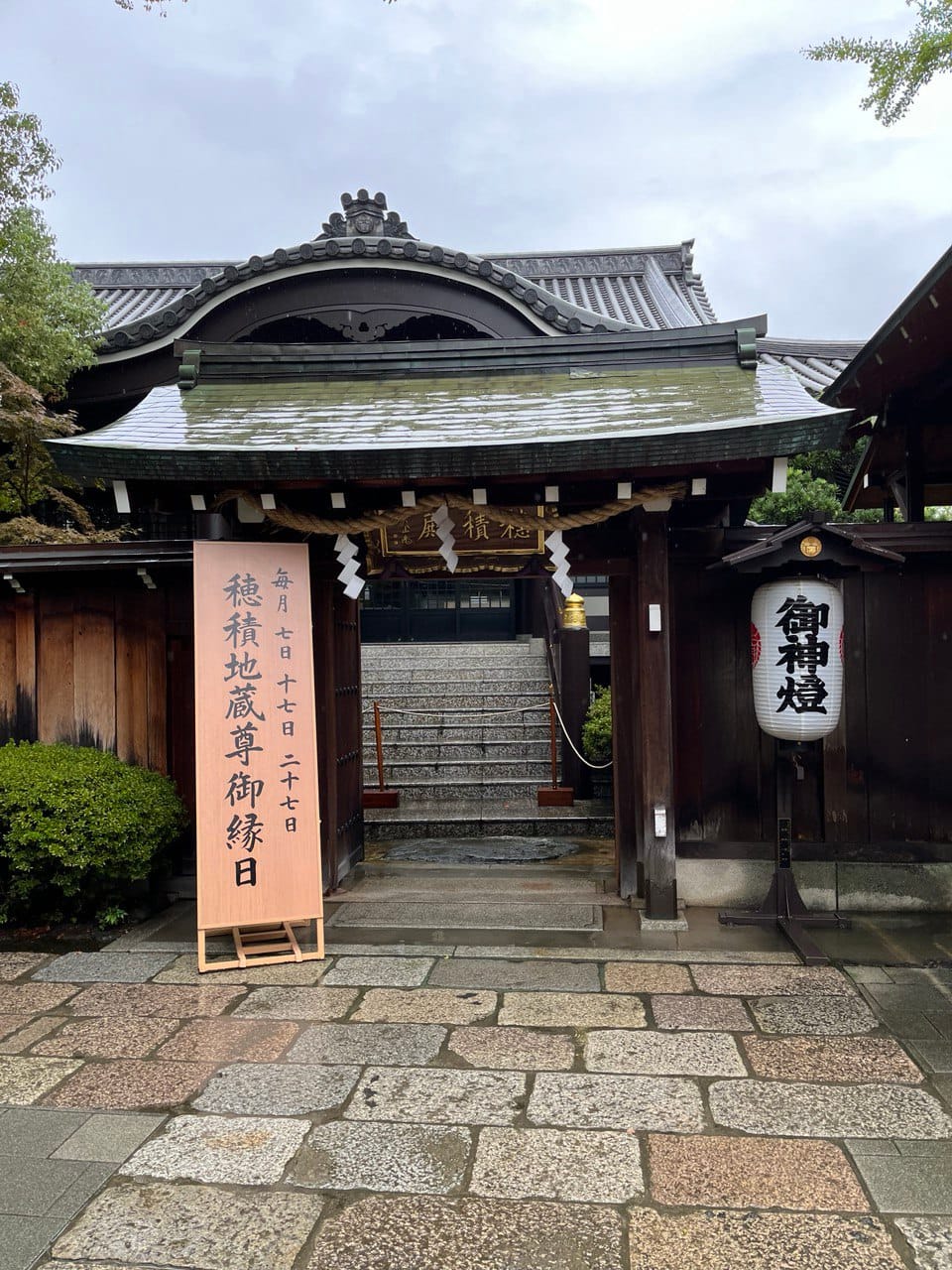
Hozumi Jizo Boddhisattva (穂積地蔵尊) inside the Hozumi Pavilion.
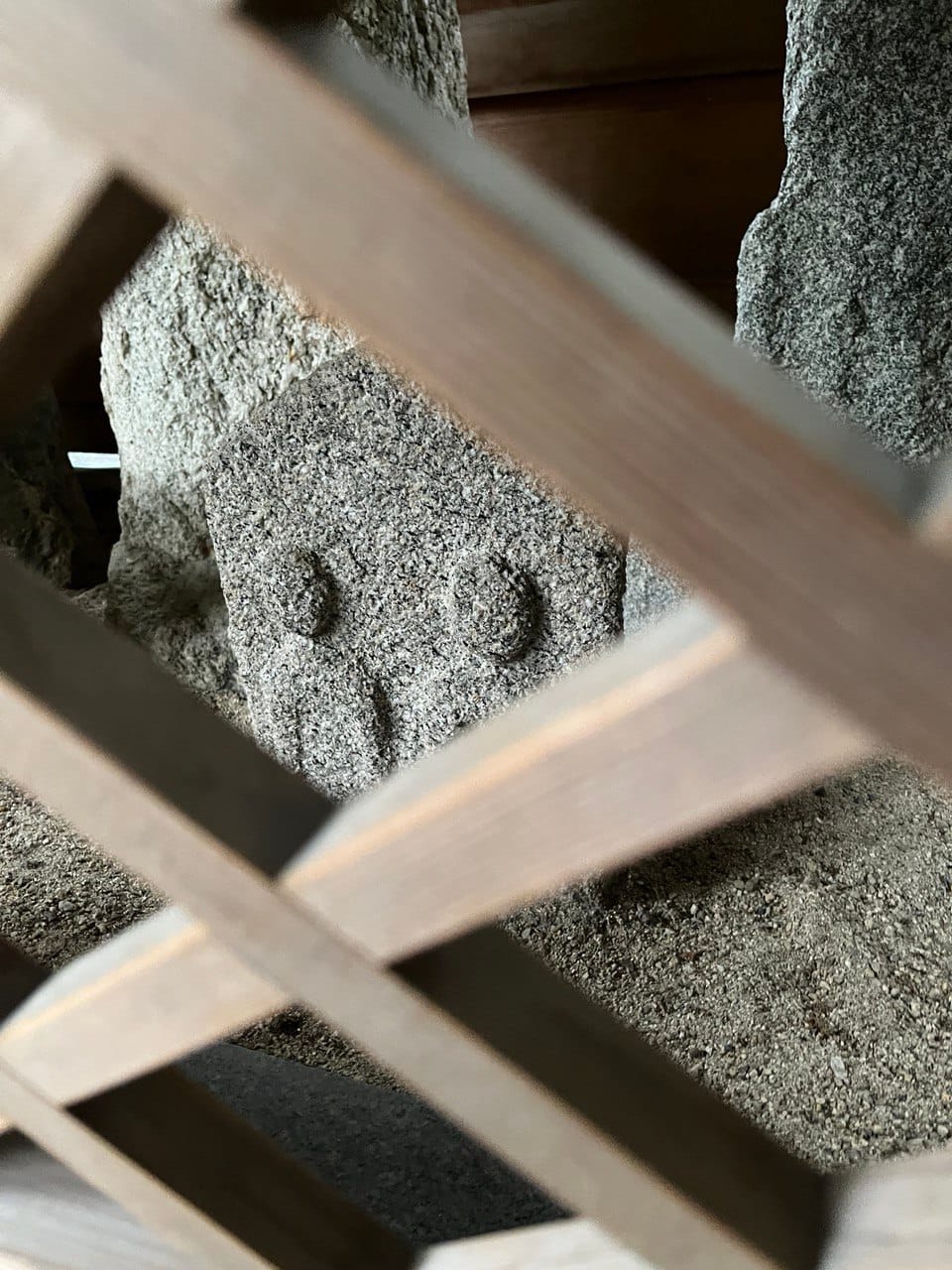
The path from the main complex to the remote upper complex is famous for its restaurants, shops, and fortune tellers.
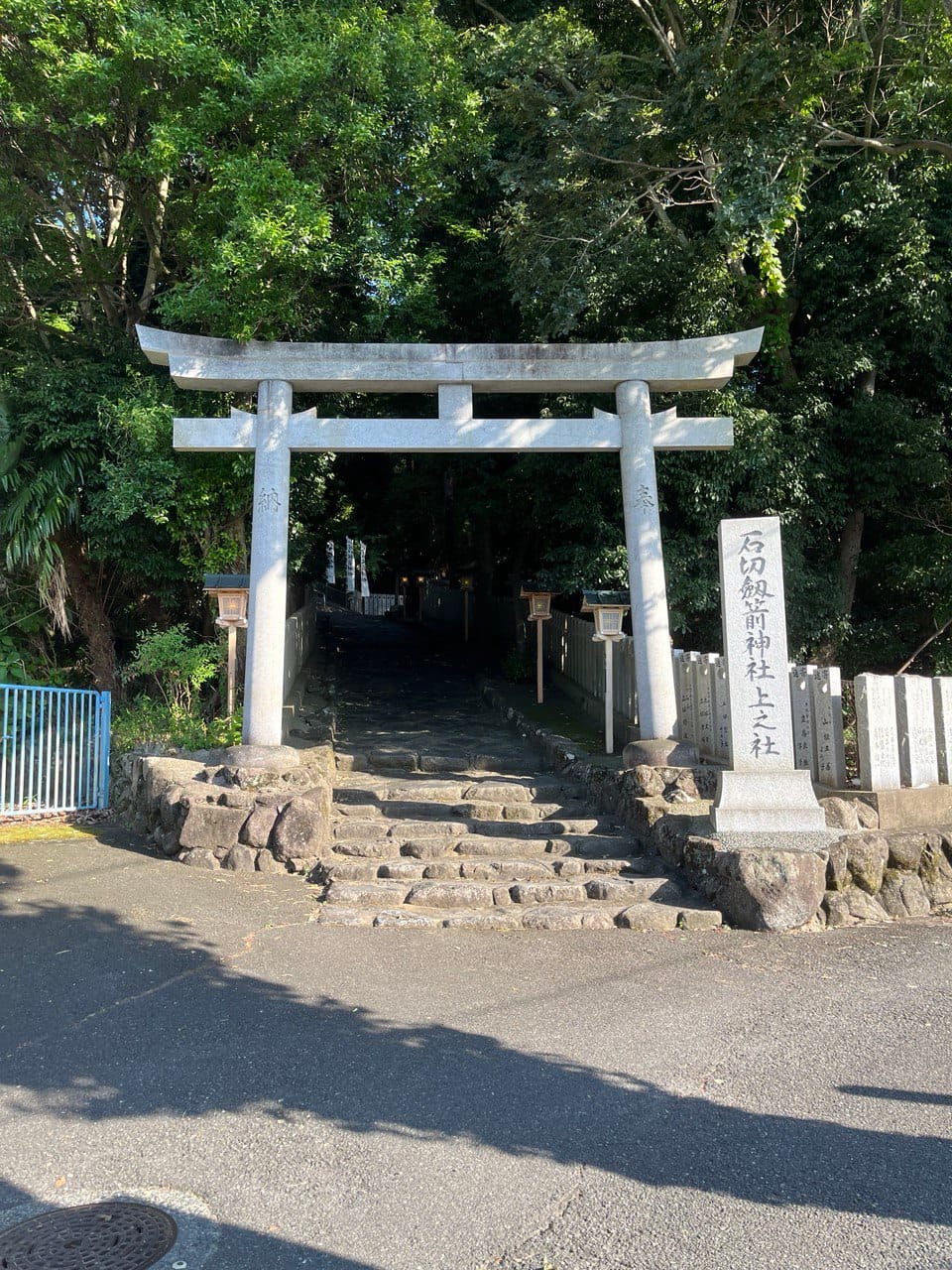
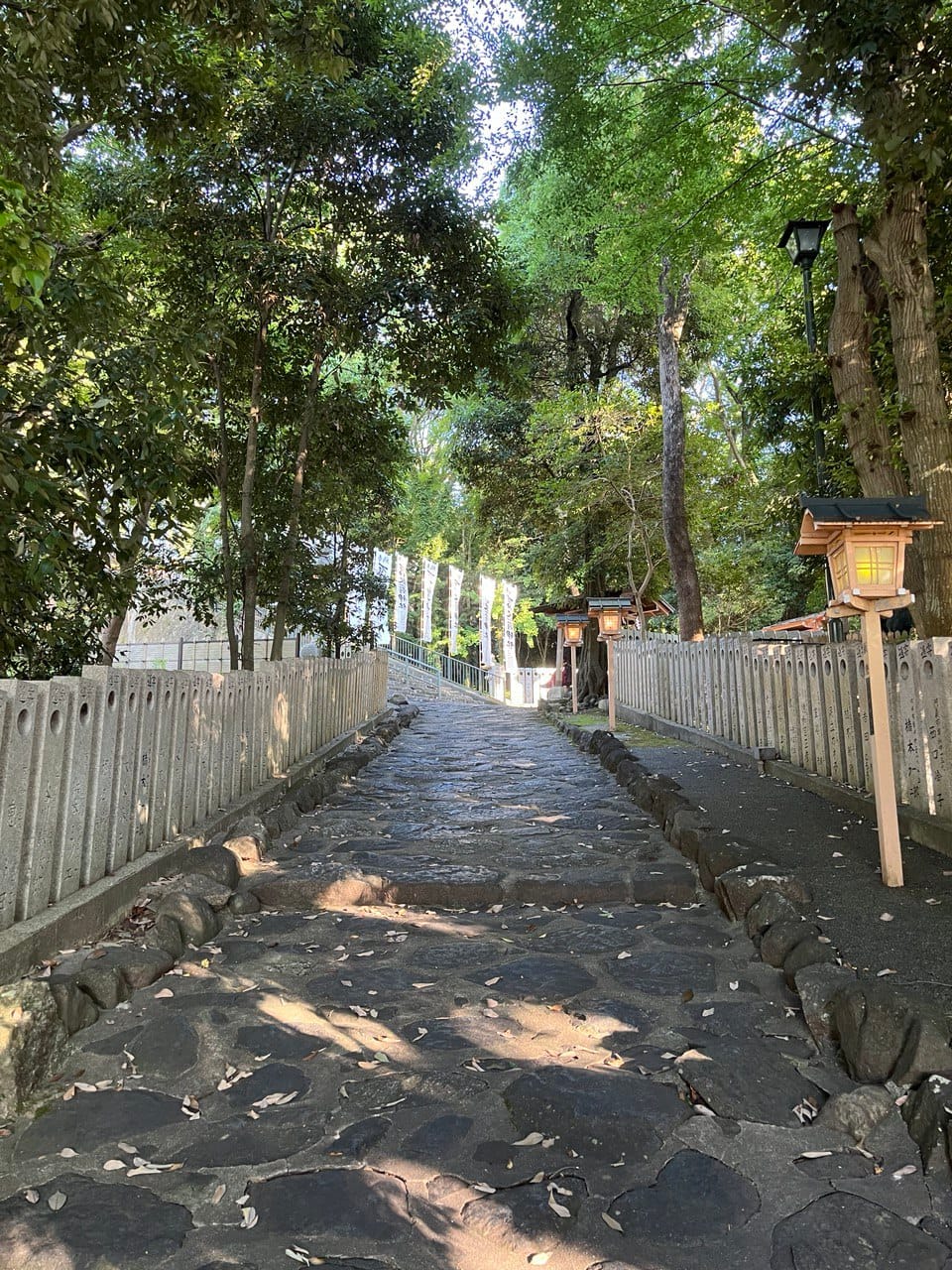
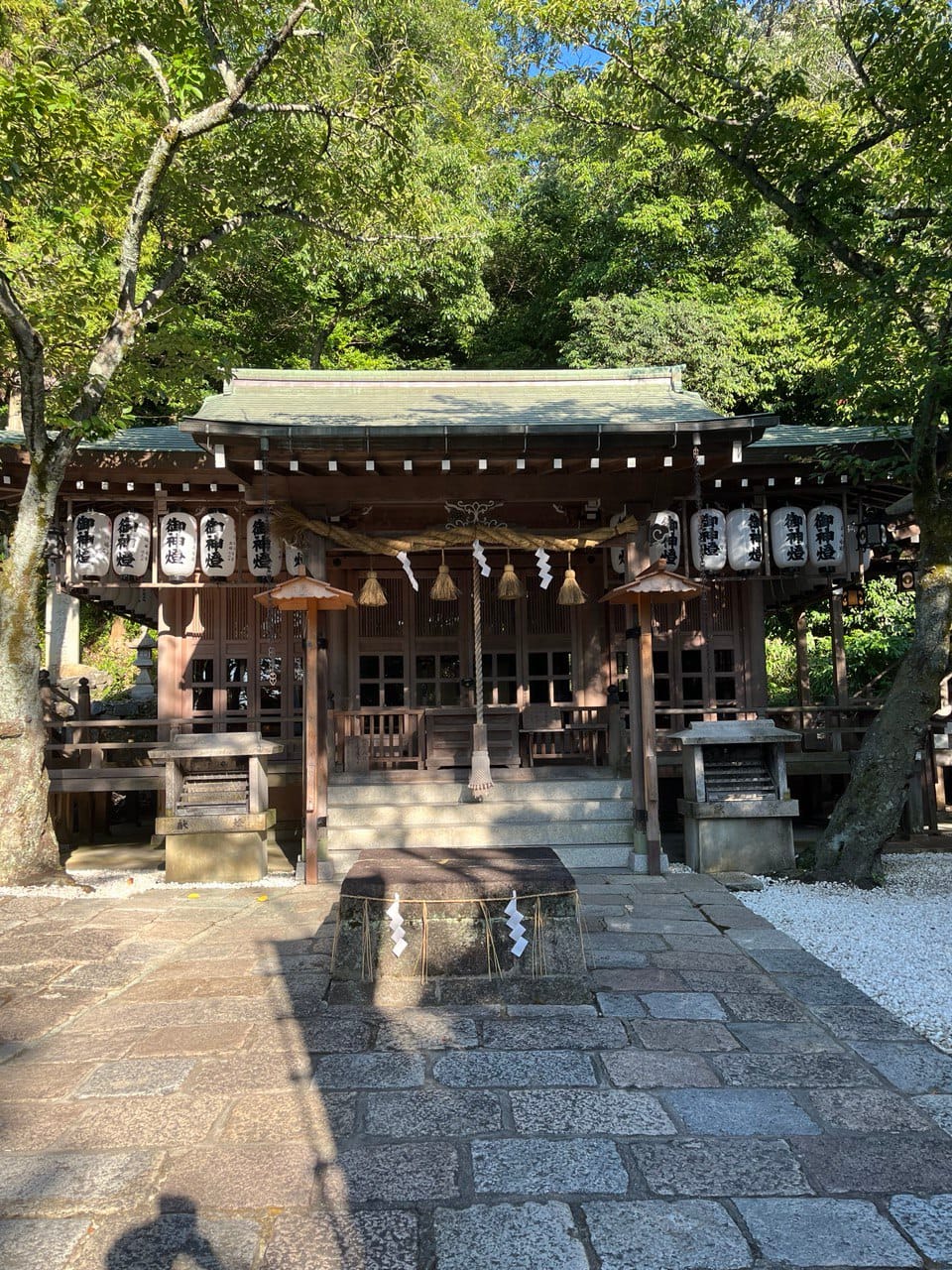
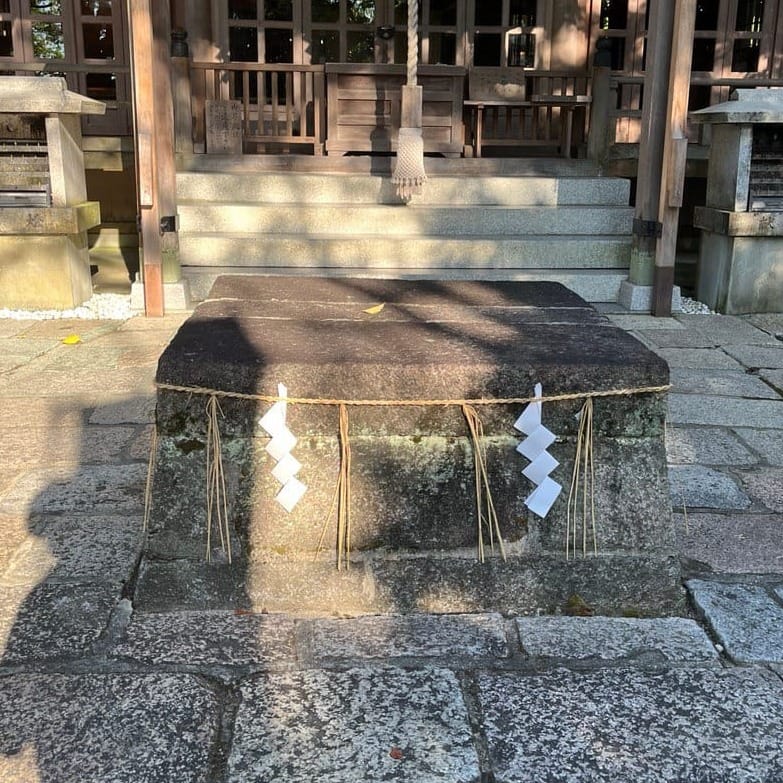
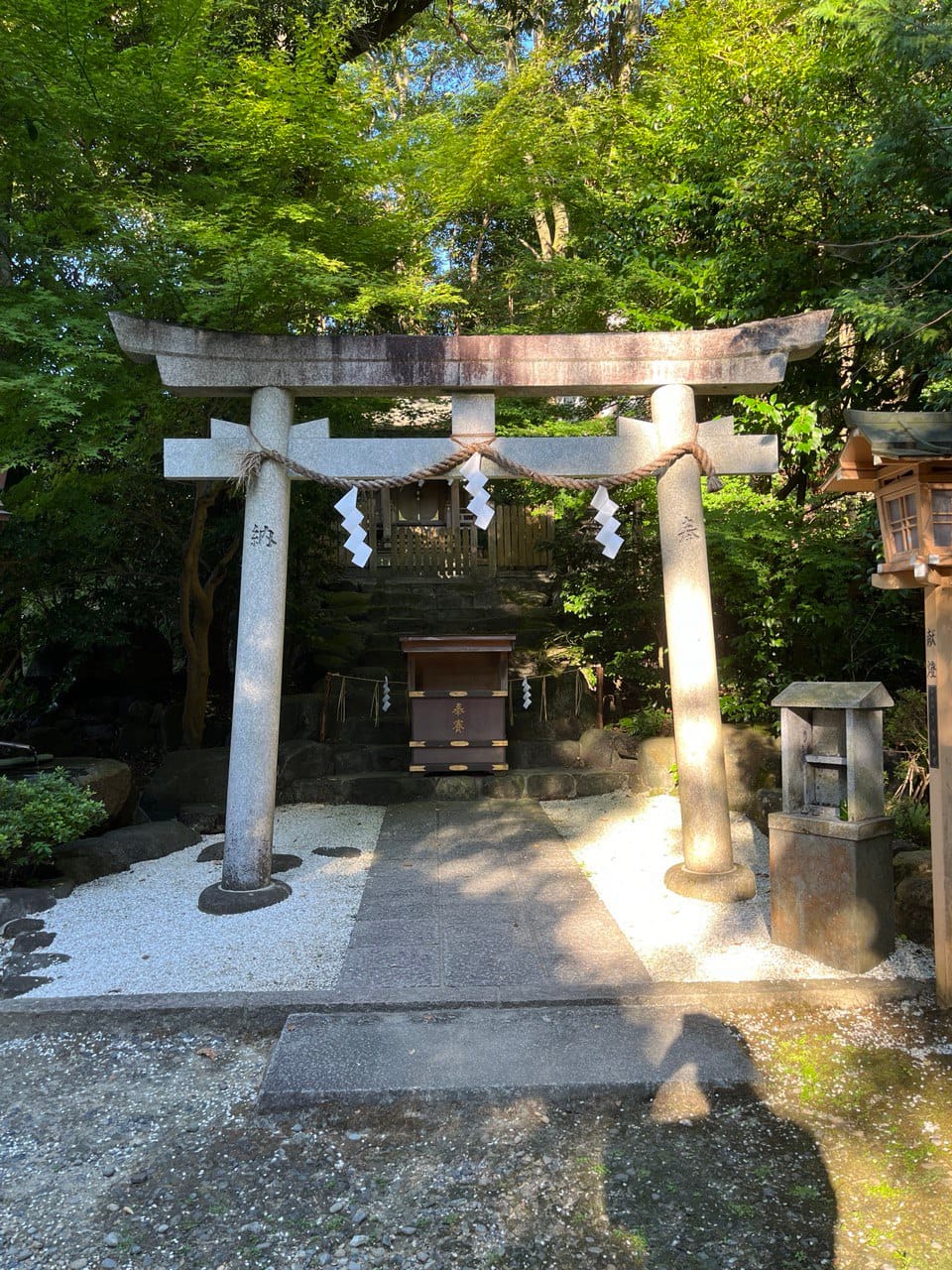
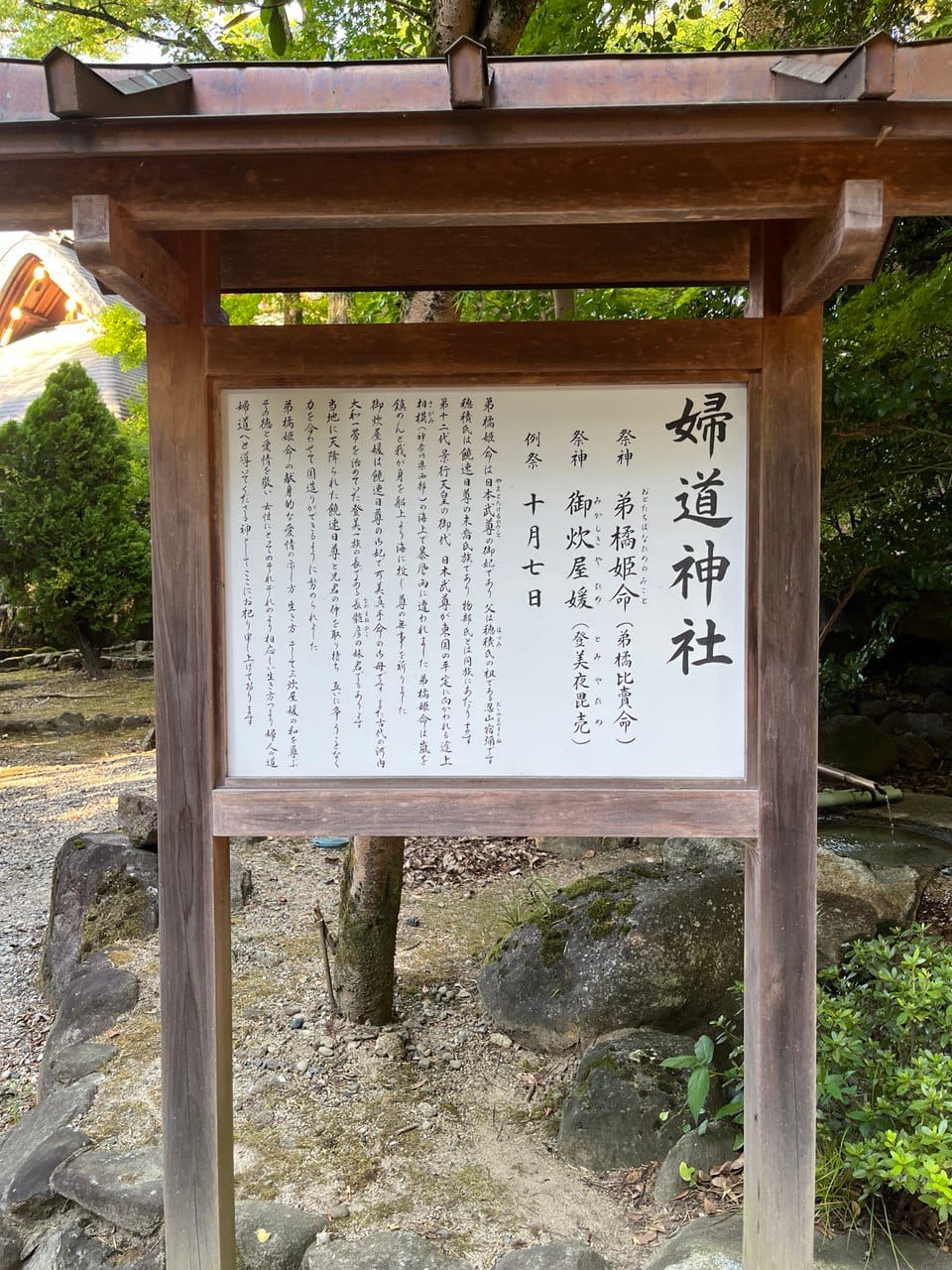
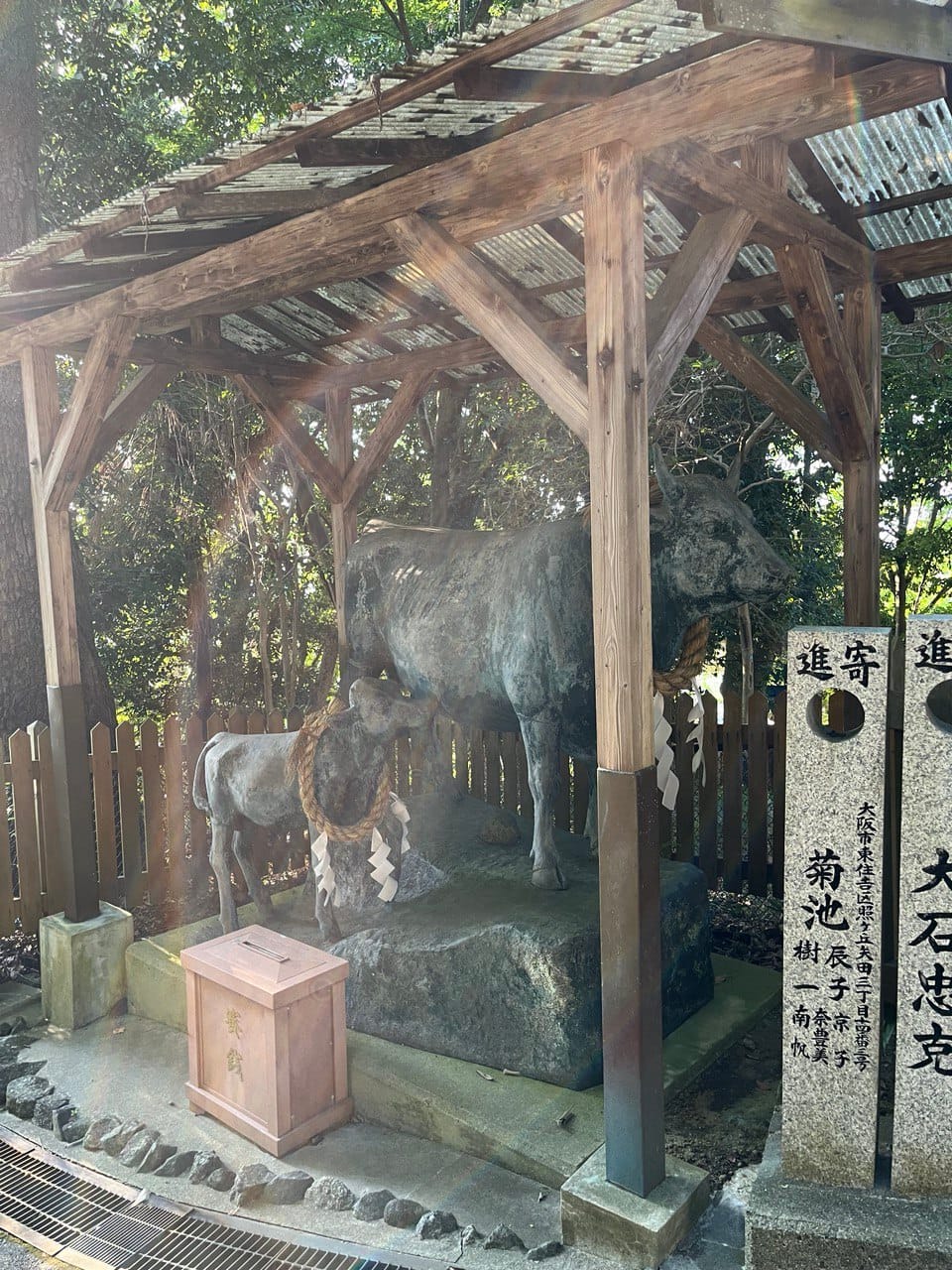
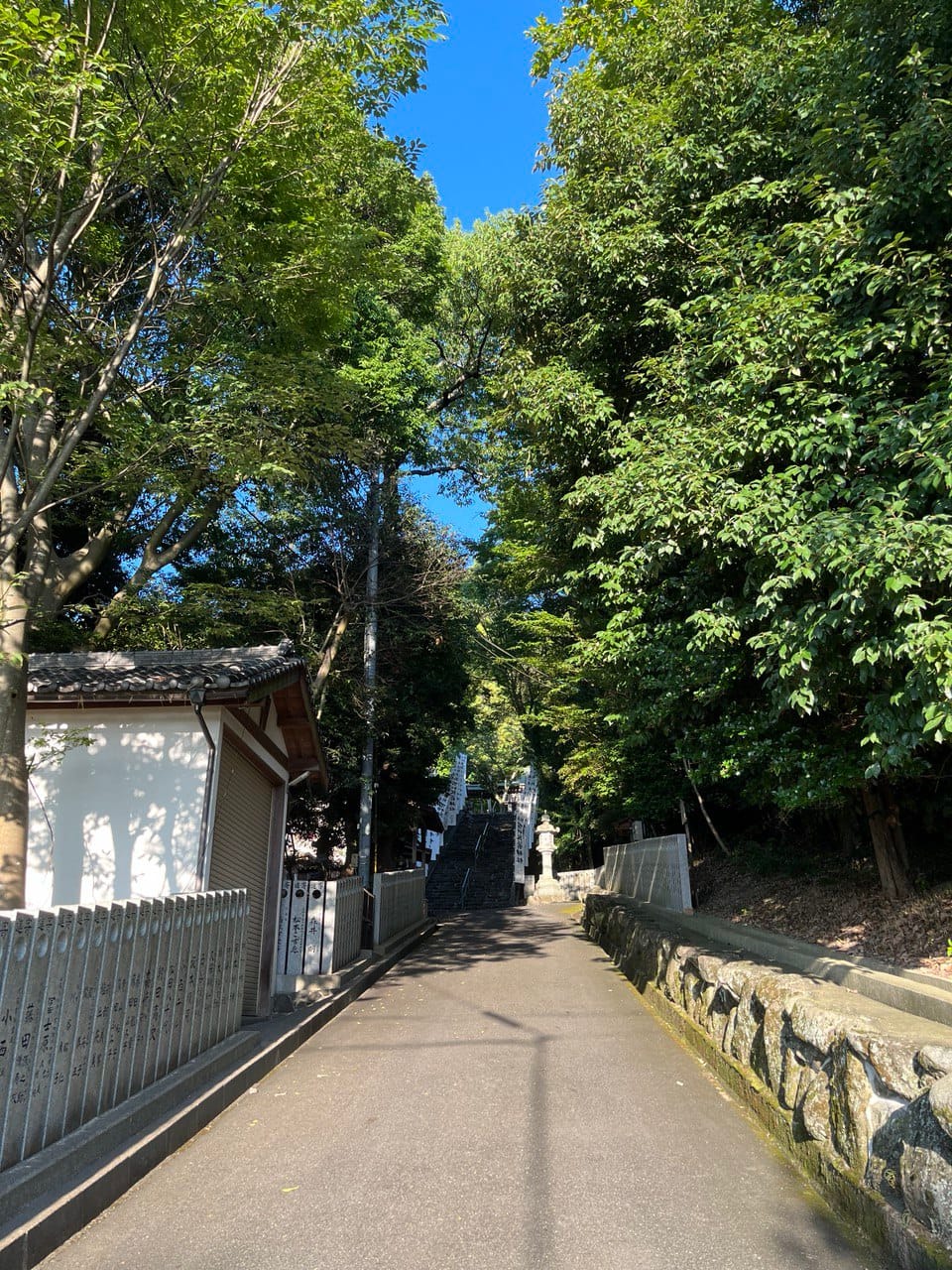
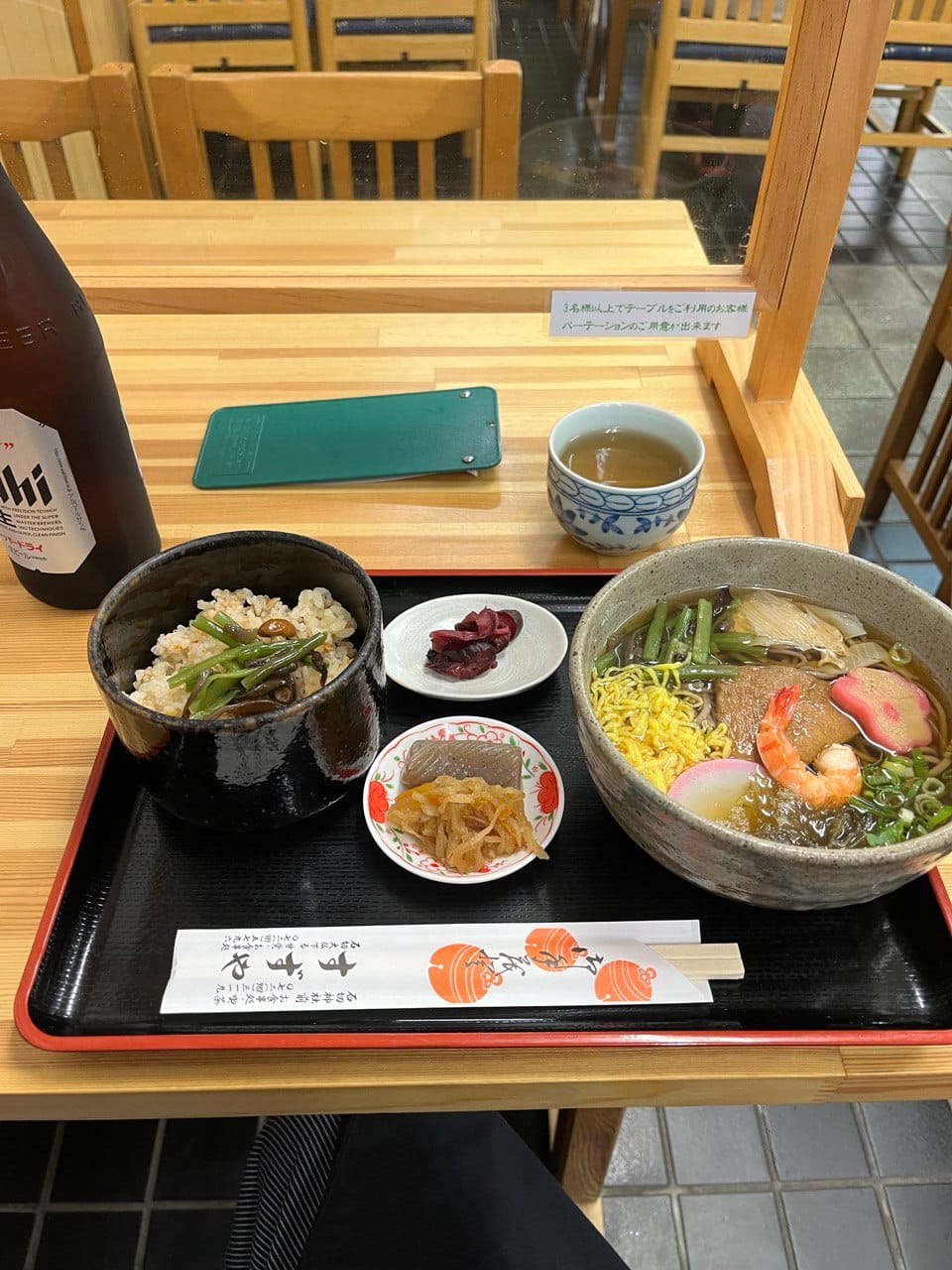
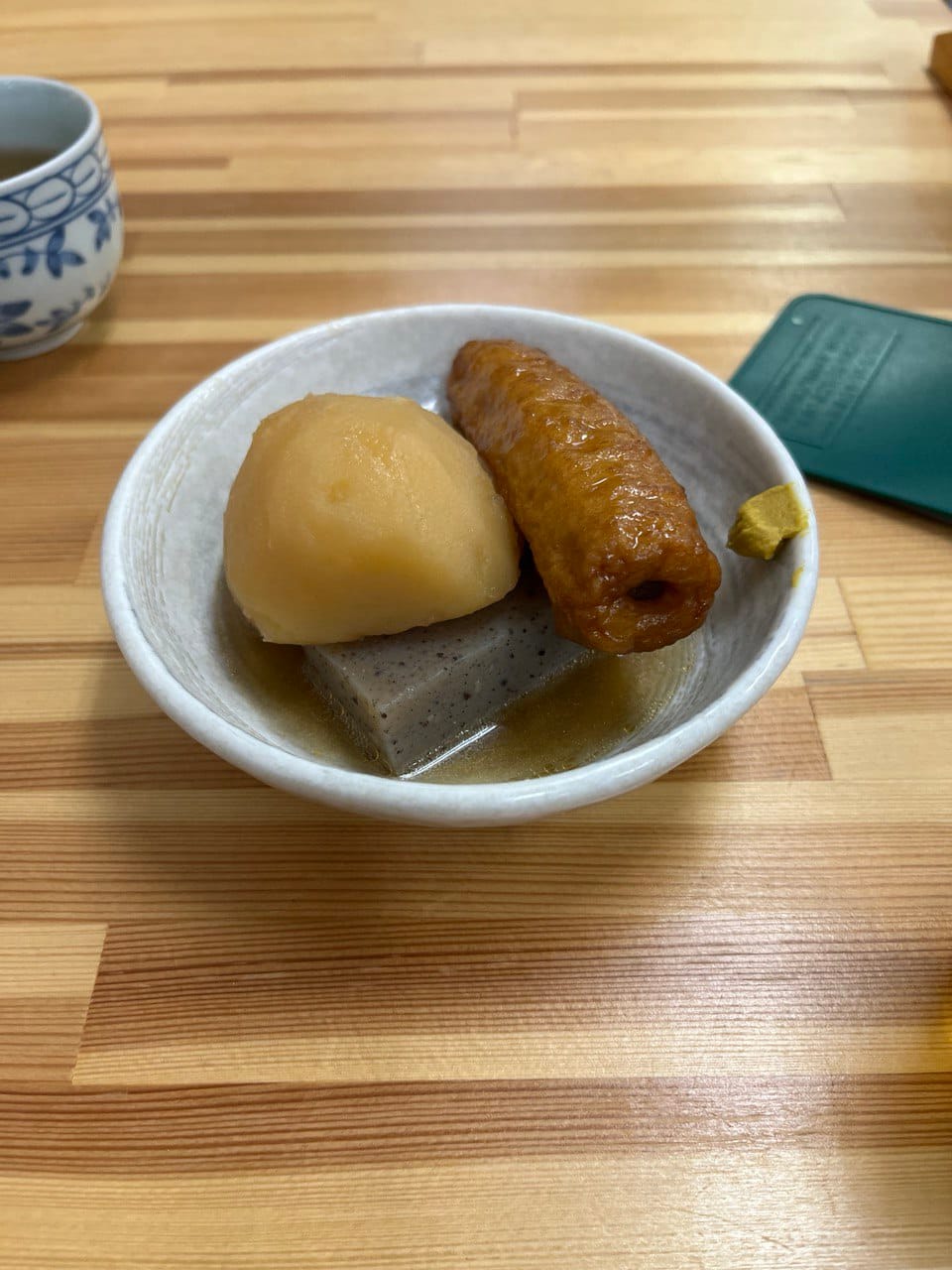
As speculated in the Japanese esoteric blogosphere, the name Ishikiri gives us an idea of who the Hozumi clan, and its vassal group, the Mononobe (物部) clan, were. Ishi (石) means stone and Kiri (切) means to cut, suggesting thatHozumi clan were semitic freemasons of the Near East. This is validated by the Takenouchi Documents (竹内文書), an orally transmitted set of ancient records passed down the Takenouchi clan, that refers to "the brother of Jesus" as Isukiri or Ishikirihiko.
The second stop on my pilgrimage of sacred sites remaining under the Hozumi clan was Neno Shrine in Yugawara Town Kanagawa Prefecture (湯河原町 神奈川県). This Shrine has been under the care of the Hozumi clan since it was first established by Nomimaro Hozumi (穂積濃美麻呂) and his mentor, Shugendo founder En no Ozunu in 700 CE.

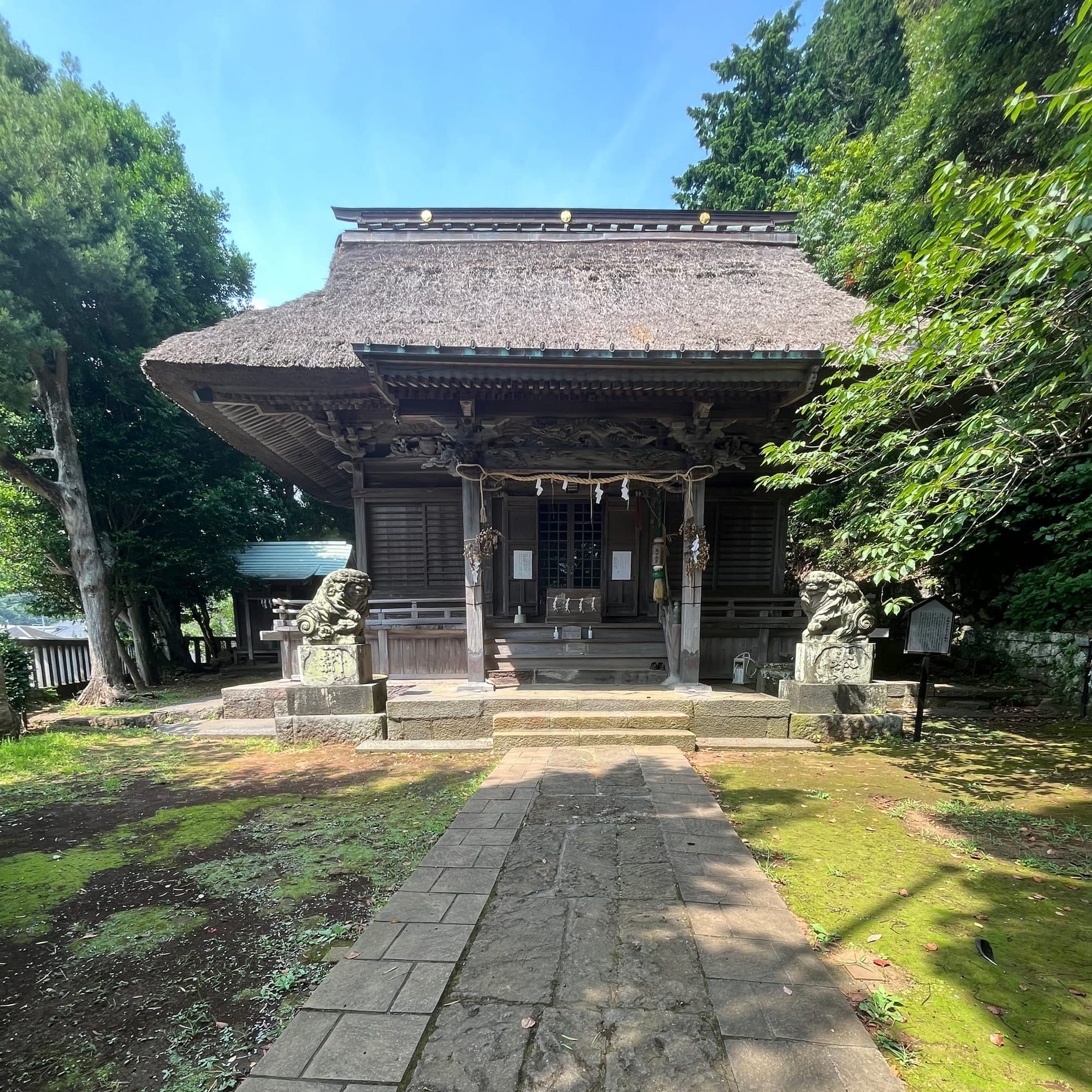



One of Nomimaro's sons, Oshimaro hozumi, also went on to found a priesthood lineage at Kumano Hayatama Grand Shrine (熊野速玉大社), one of the Triple Grand Shrines of the Kumano mountains (熊野三山), and a significant spawning site for the early Shugendo mountain asceticism tradition.
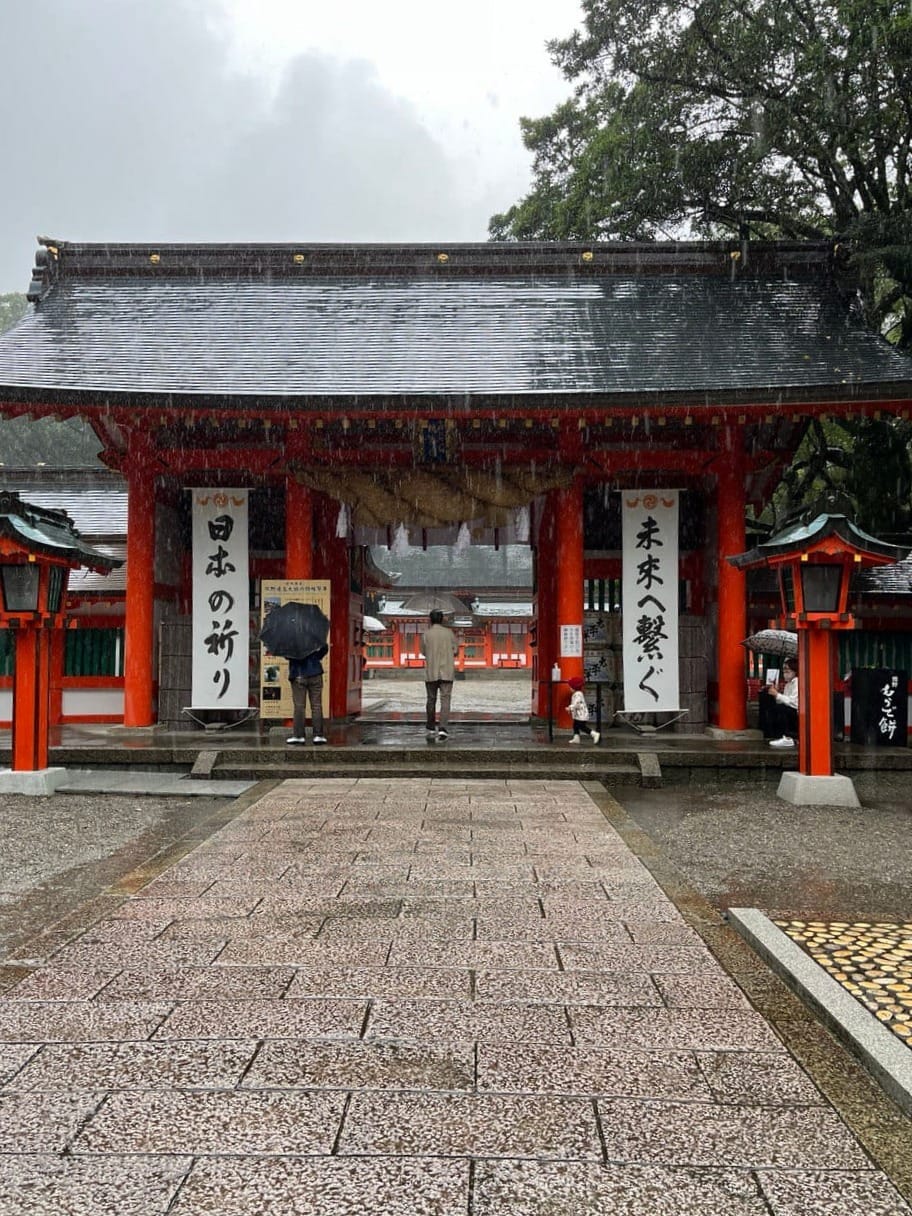
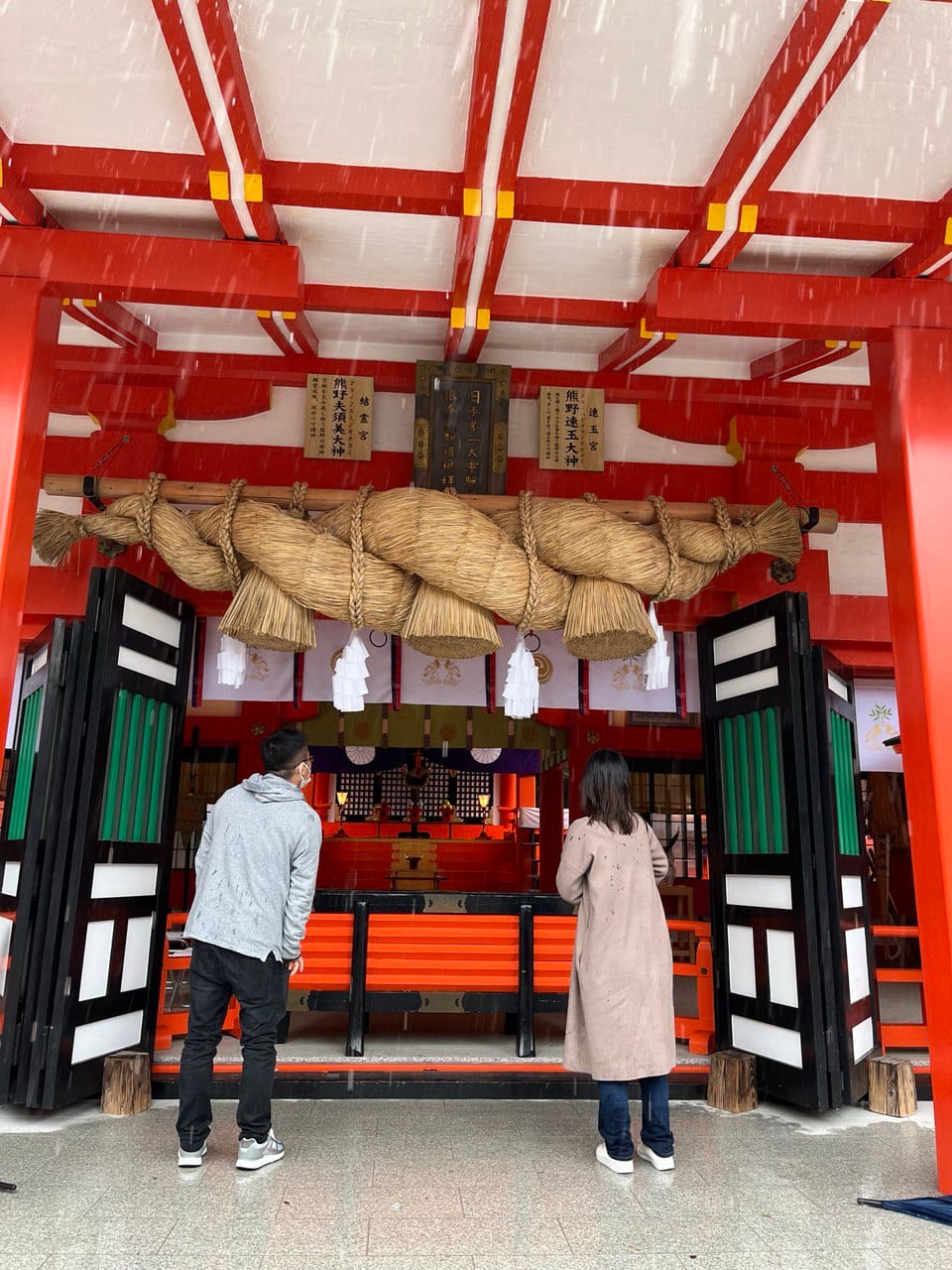
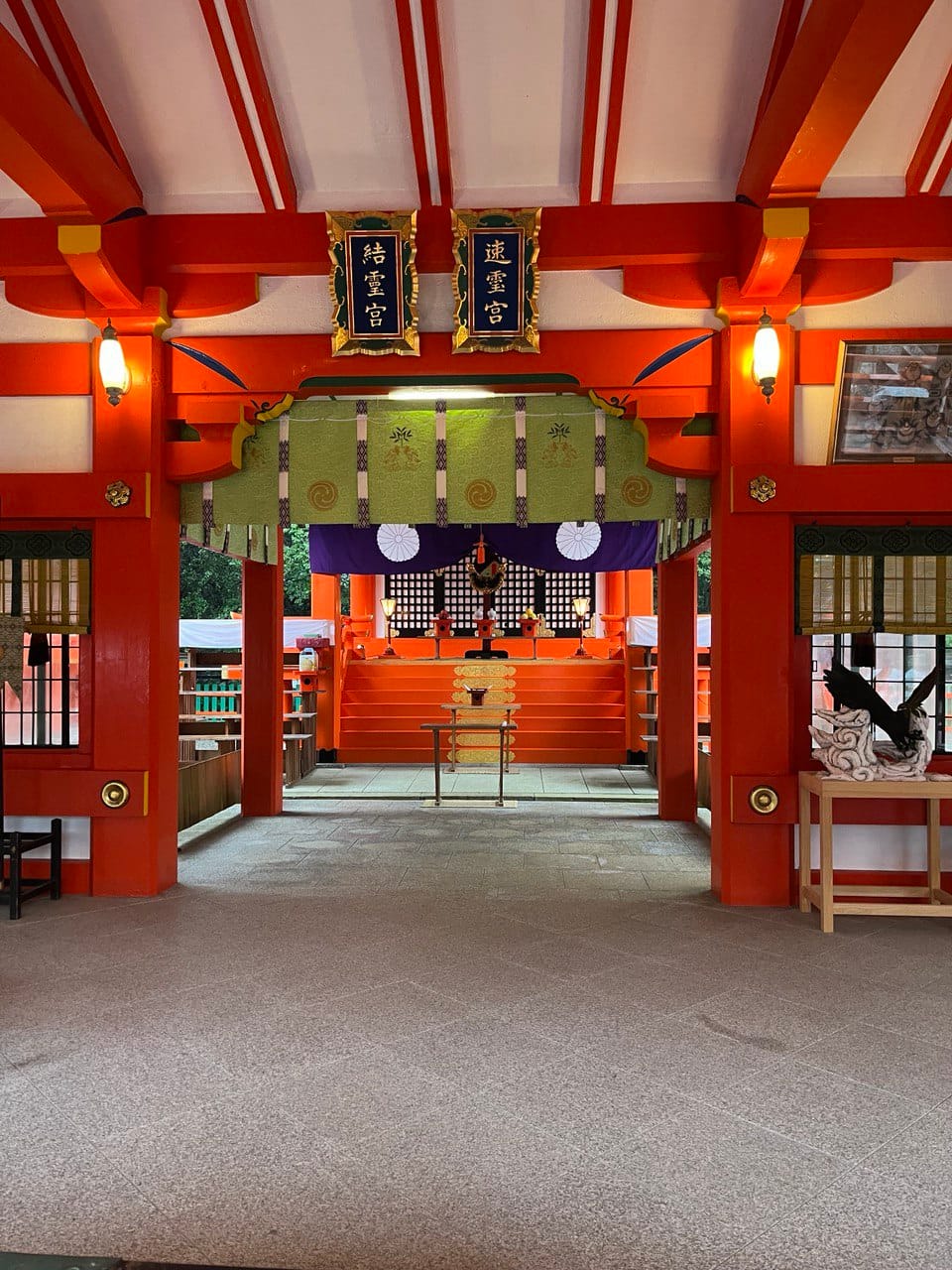
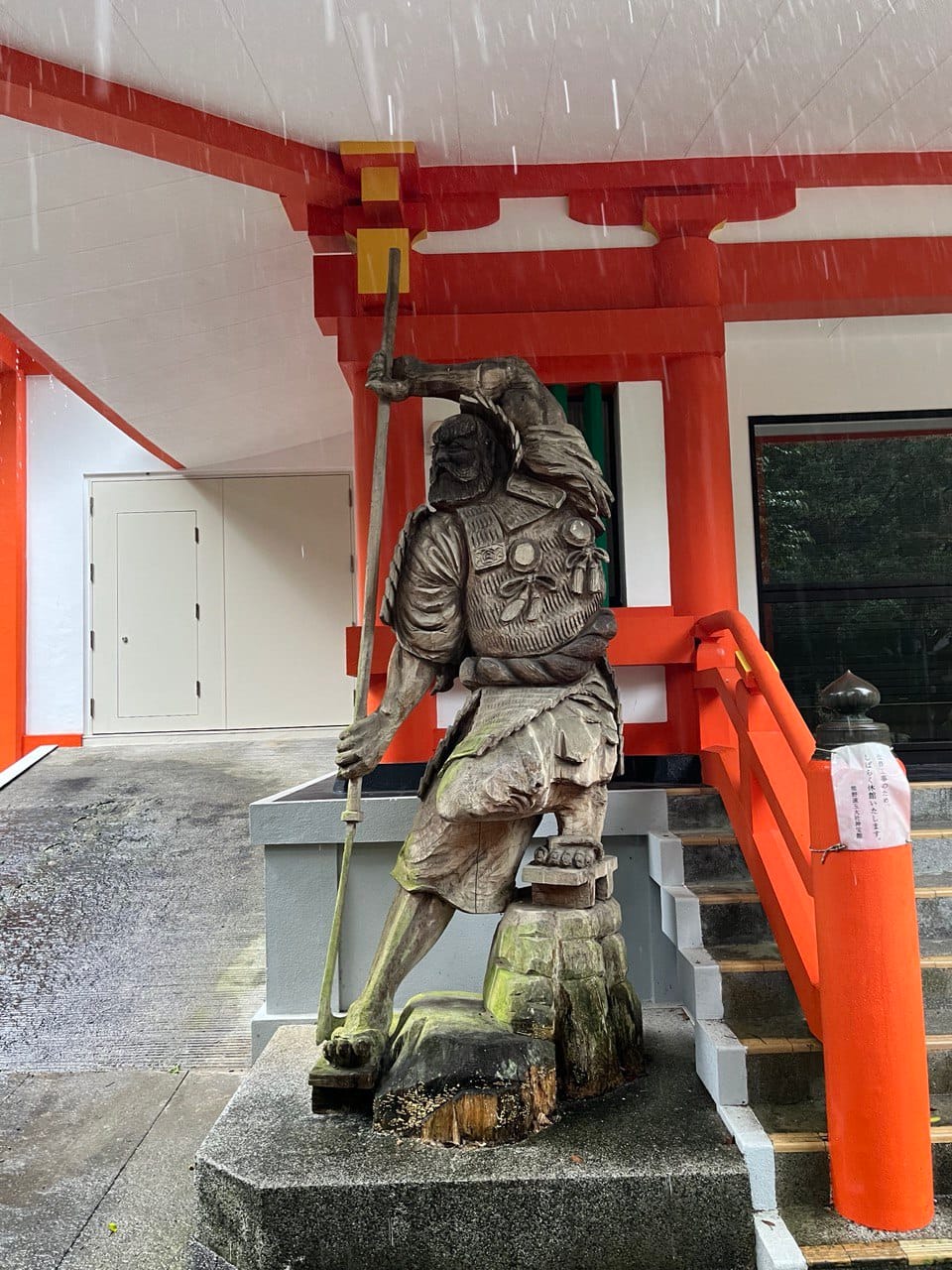
As the Kumano Shrine network spread from the Kumano Triple Grand Shrines, the Hozumi clan spread throughout Japan spawning the Suzuki clan, who were composed of blood relatives and affiliated clans of the Hozumi clan who worked as priests of the Kumano Shrine network. The Suzukis became one of the largest clan groups in Japan and many are well known in the western world, such as environmental activist and scholar David Suzuki, Nobel peace prize nominated Buddhist essayist D.T. Suzuki, and Buddhist monk Shunryu Suzuki.
One of the more infamous Hozumi-originated Suzukis is the ninja clan leader, Magoichi Suzuki, known for his emblem of the Three Legged Crow, or Yatagarasu (八咫烏), that originates from the Kumano Triple Grand Shrines.
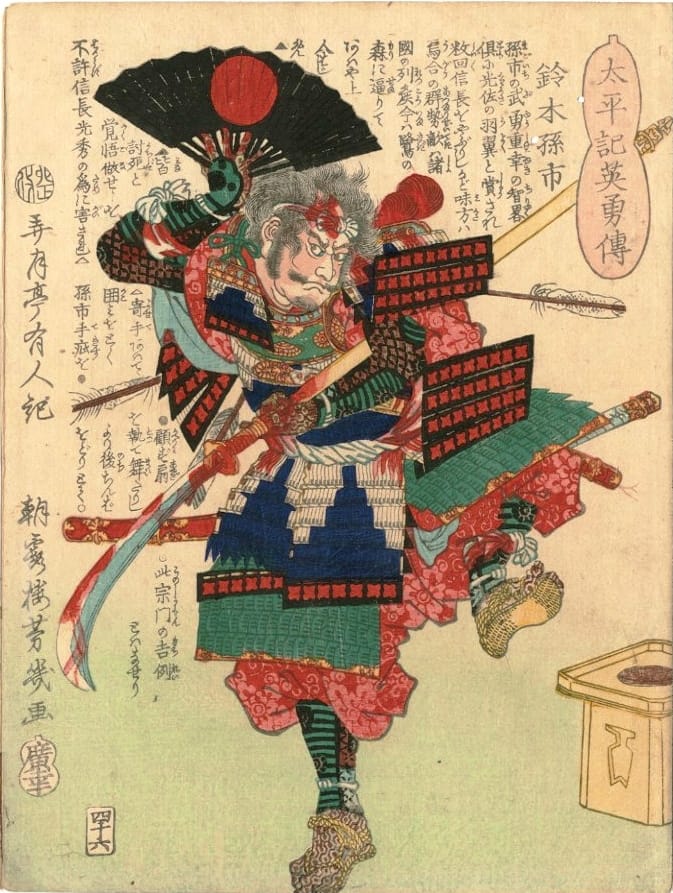
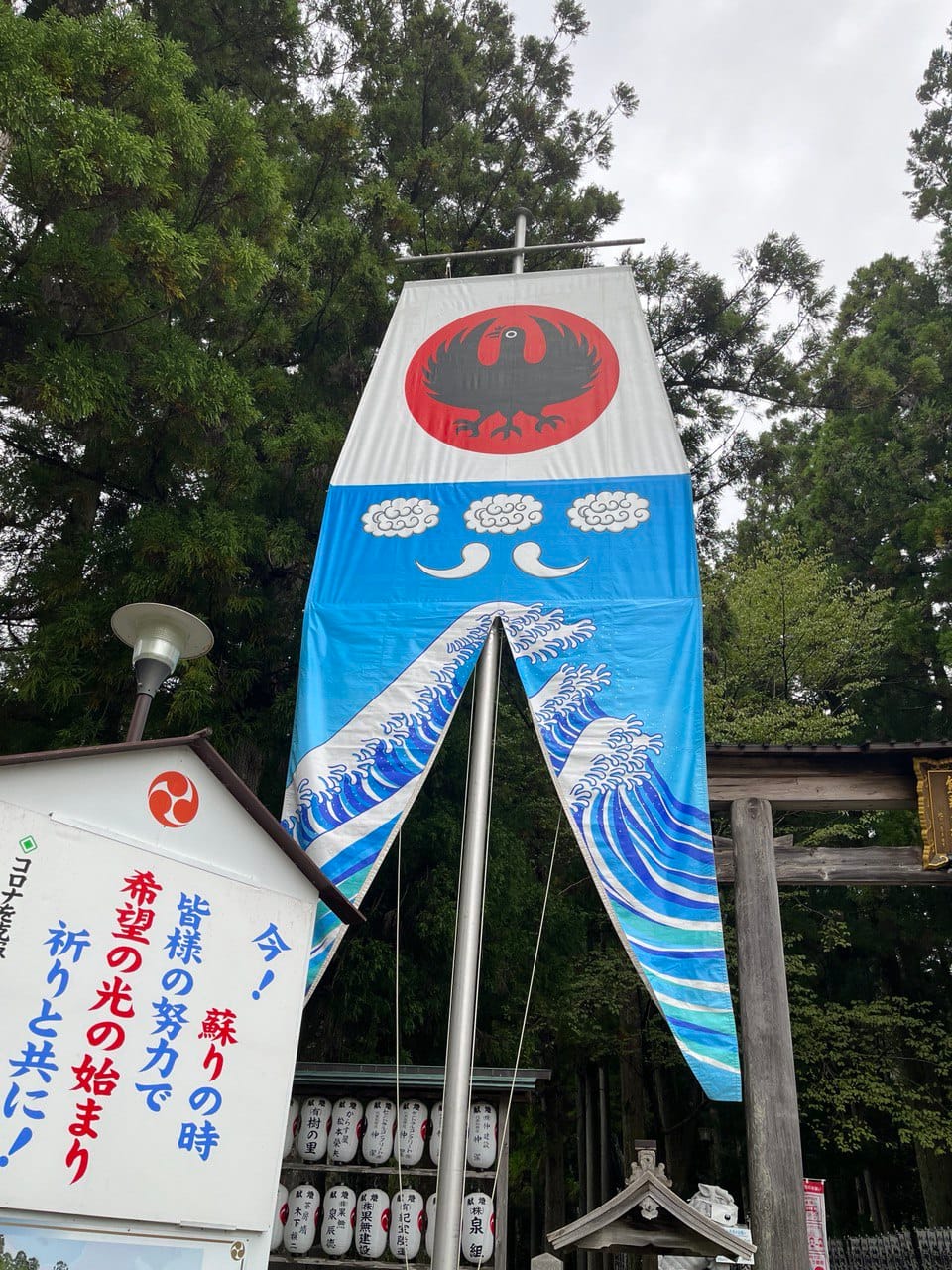
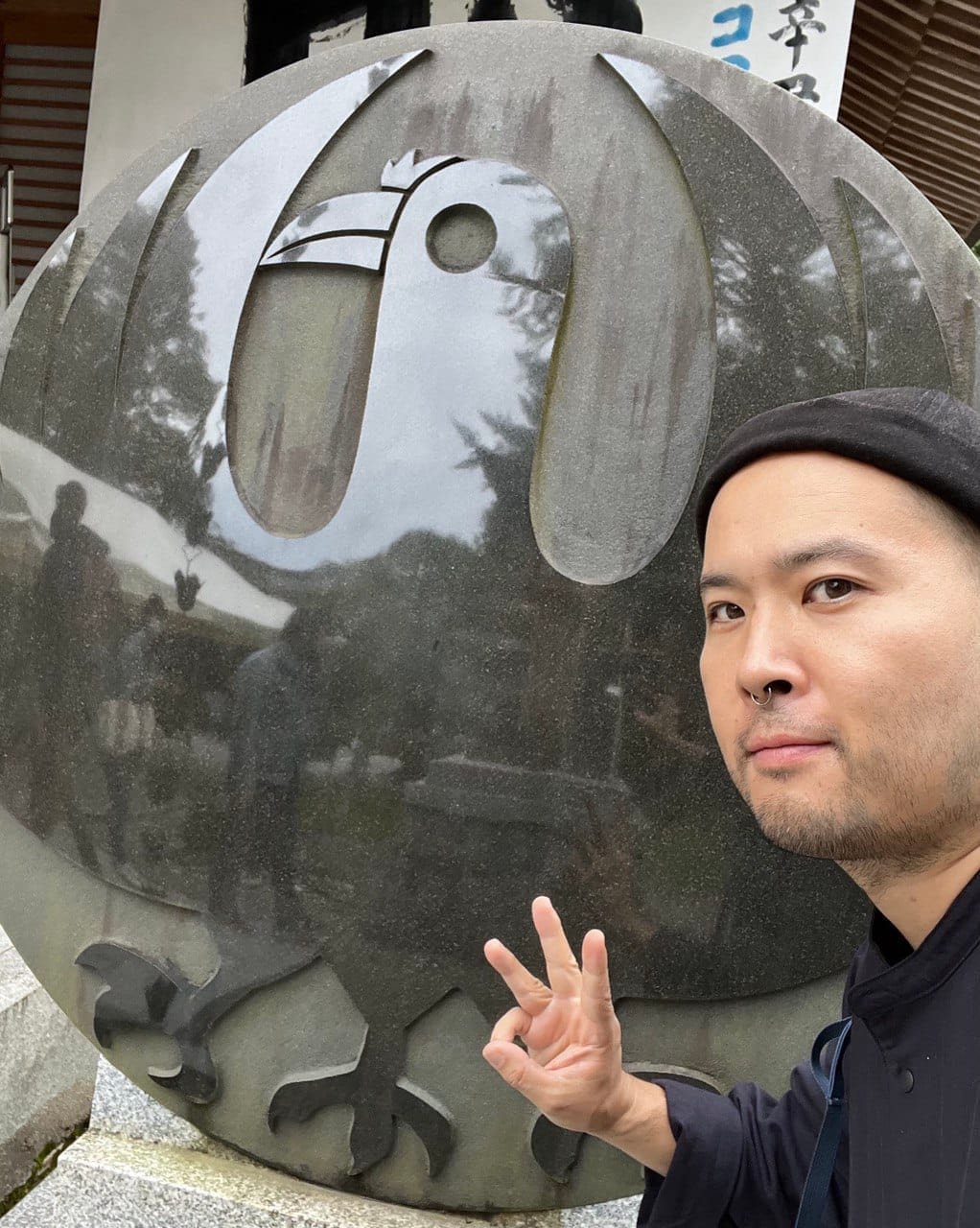
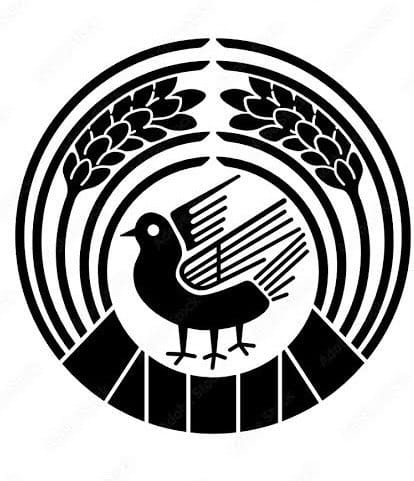
Coming back to the main subject, upon my visit to Neno Shrine, I had the honor of having an extended 8-hour meeting with the current head of the Hozumi clan and 53rd hereditary custodian of Neno Shrine, Master Tenyu Hozumi (穂積天佑師).


This visit included a spontaneous cleansing ceremony using the mudras of the Tokusa-no-Kandakara (Ten Divine Treasures).
We discussed a vast range of subjects including the origins of the Hozumi clan. While I cannot yet publicly disclose a lot of what was transmitted to me, what I believe can share is that I was shown a family record that indicated Nigihayahi was a prince of the ancient Indian kingdom of Maghada. As Master Tenyu was showing this scroll to me, he suggested that the royalty of this kingdom originated through the Eastward migration of a Near Eastern lineage via Alexandria.
Scroll of Nigihayahi-no-Mikoto's origins
As I mentioned earlier, it is common practice within Shinto records to combine multiple personas into a single deified persona, especially within a bloodline. Because of this, a record that states Nigihayahi came from India, and a record that states Nigihayahi descended to the Land of Reeds, which maybe simultaneously Japan, Egypt, and Sumeria, can be totally compatible with each other.
Master Tenyu also mentioned that one of the qualities of the Hozumi clan was to exist as a hidden lineage. Nigihayahi himself peacefully ceded the rule of Japan and this led to his descendants to become background actors of the Japanese state. This non-violent concession of power by Nigihayahi and his descendants is known to have become the foundation of Japan's peace-oriented culture.
When I told Master Teyu about the story of my father, who had narrowly missed being the official recipient of a Nobel prize as his work on a prize winning project went unattributed and the award ended up being exclusively claimed by his lab partner, he told me that it is the Hozumi path. It is our family way to be in the shadows without claiming acclaim and that the blessing of this was avoiding the projection of bad spirits on to us. In my own career, I have followed a similar path, being suppressed and ostracized while pioneering a field of sociocultural engineering called "Cultural Somatics".
Yet, fittingly to the times we are in, I have been receiving from my ancestors that it is time for what has been behind the veil in the dark to come in to the light of the forefront.
In "Spirited Away", the curse of bonded servitude on Haku is broken as he remembers his true full name: Nigihayami-no-Kohakunushi.

Nigihaymi is of course a play on Nigihayahi. Hi means fire (火) or spirit (霊), and Mi means water (水) or body (身). This indicates a change in our world toward the age of Water.
So I understand, this is also a time for our family, the descendants of Nigihayahi, to come to the forefront and disclose to you, the true history of the world and help usher in a new era.
I'm honored and grateful to have been supported in my journey till here by my wife and collaborator, Rein Lo, and their channeled sister, "Yoko".
It is my pleasure and honor to serve the world as a heir of the Hozumi clan and founding director of LUNMU.
🙏🐉
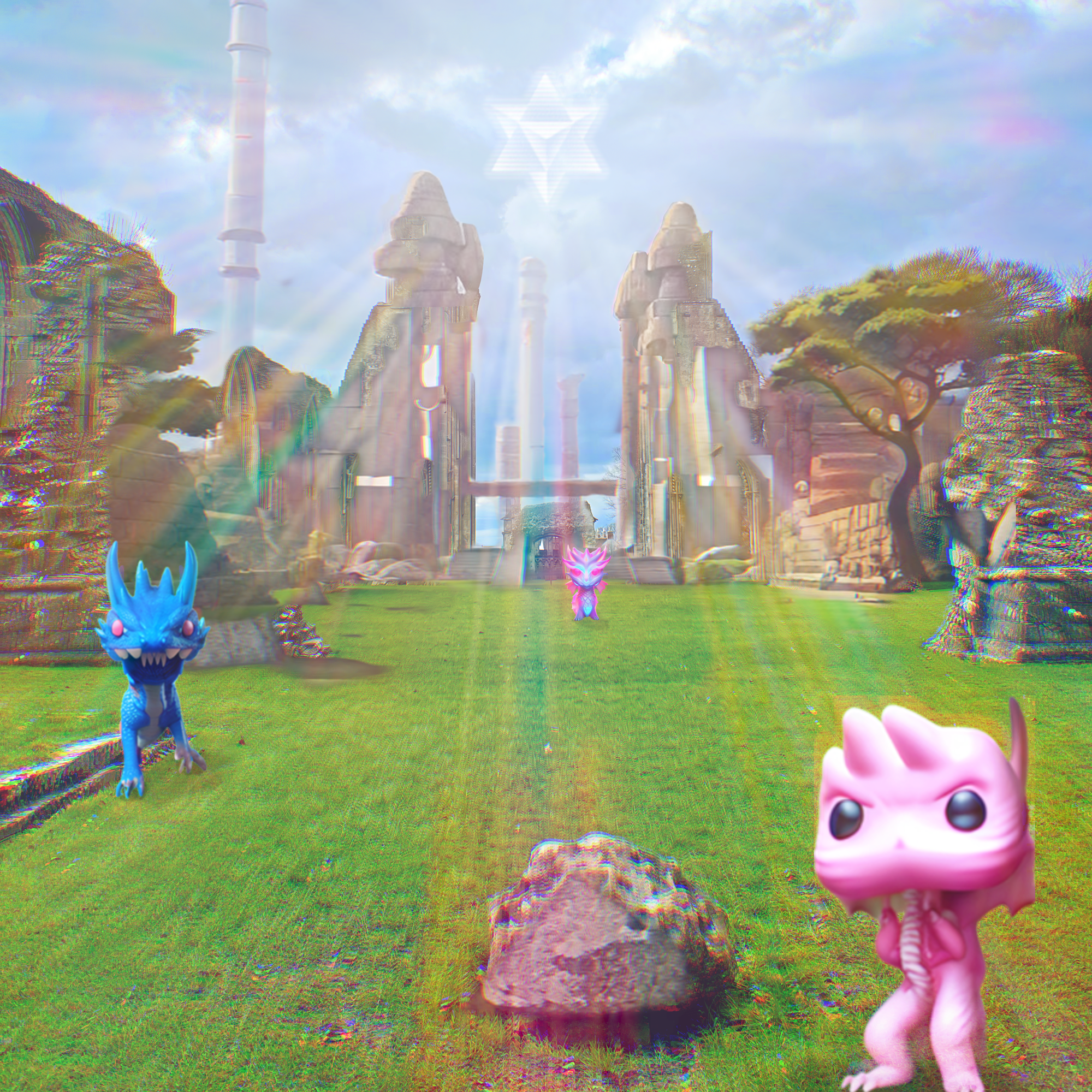
Become a LUNMURIAN
Become a member of the Order of LUNMU and ride the Dragon with us through these tumultuous times toward the coming Dragon Utopia.List of features:• Dragon Energy Attunement• LUNMURIANS only content• Video group calls• Discussion in comments
Become a LUNMURIAN!




![[Special Lecture] Healing Satanic Ritual Abuse & Animism](/content/images/size/w600/2025/12/sra-a11.jpg)